What exactly defines a “dance song”? It’s a question that opens up a world of possibilities. In its broadest sense, any melody capable of moving a soul, stirring even the slightest rhythm in someone, could be considered a dance song. From the iconic tunes of The Beatles to the intense sounds of Slayer, the spectrum is vast. Hip-hop and reggae, in their near entirety, pulse with danceable energy. Yet, when we talk about the “Best Club Dancing Songs,” we’re diving into a more specific and vibrant culture – “dance music culture.” This is a realm that’s both incredibly diverse and deeply rooted, spanning almost half a century and constantly evolving, from its origins to the sounds shaping our present and future.
Our journey into the heart of dance music begins by acknowledging the foundational influence of James Brown, the undeniable “Godfather of Soul,” whose extended grooves laid the groundwork for what was to come. From there, we trace the evolution through the mid-1970s explosion of disco, transitioning into the early 1980s with the emergence of club-centric genres like electro and Latin freestyle. The narrative takes a transformative turn as disco is reimagined, giving birth to house music in Chicago and techno in Detroit. This sonic rebirth accelerates into the 1990s rave scene, a period of explosive creativity that spawned genres from jungle to trance, gabba to garage, eventually paving the way for the EDM and dubstep phenomena of the 2000s. While these genres have experienced peaks in mainstream popularity, their essence never truly fades. Drum ‘n’ bass, for instance, is currently experiencing a resurgence, and even contemporary house tracks echo the timeless appeal of their predecessors.
This guide doesn’t aim to map every subtle shift within this vast ocean of dance music subgenres. Instead, we focus on songs that have transcended fleeting trends, achieving a sense of timelessness and universal appeal. We particularly emphasize moments where dance music has meaningfully intersected with the wider musical landscape – collaborations and cross-pollinations with synth-pop, hip-hop, funk, Miami bass, R&B, indie-rock, Latin rhythms, and mainstream pop. This is why you’ll find artists as diverse as Prince, Robyn, Britney Spears, and Shakira sharing space with pioneers like Adonis, Frankie Knuckles, Moodymann, Goldie, and the groundbreaking SOPHIE.
If you’ve ever wondered about the path that led to a present where artists like Drake and Beyoncé are exploring house music in their own work, this guide offers that story – or at least, our perspective on it. Prepare to explore the sounds that have defined club culture and continue to inspire dancers worldwide.
Disco’s Lasting Dance: Donna Summer’s ‘Last Dance’ (1979)
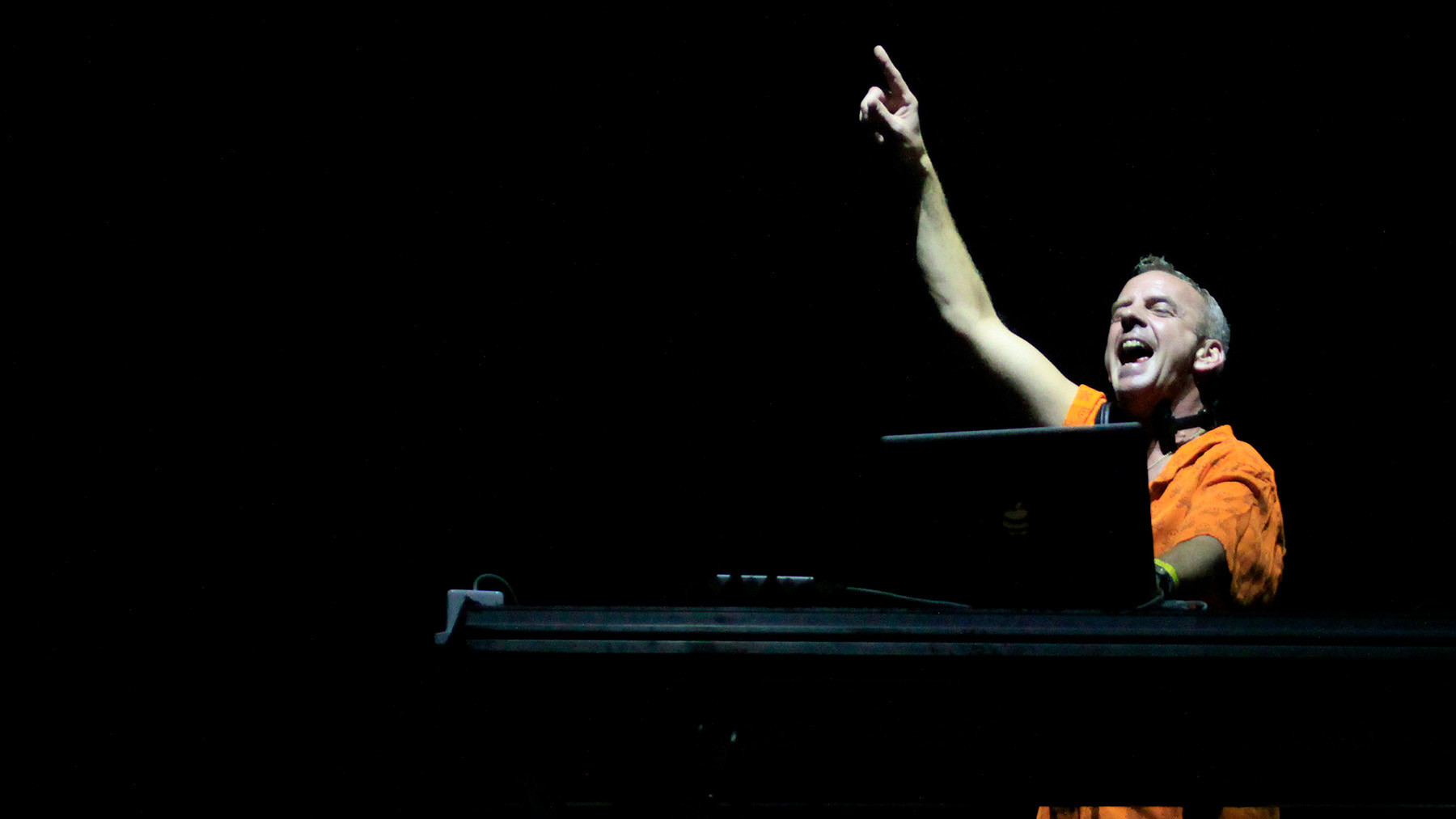 Donna Summer performing on stage, circa 1970s.
Donna Summer performing on stage, circa 1970s.
Image Credit: Redferns
While the film Thank God It’s Friday might be seen as a somewhat exaggerated showcase for the disco powerhouse Casablanca Records, almost signaling disco’s peak and potential decline, “Last Dance” stands as a testament to the genre’s enduring power. This track, rightfully awarded an Oscar for Best Original Song, masterfully builds from a slow, almost ballad-like opening into a dynamic, exhilarating disco anthem. The genius behind this tempo shift is Casablanca’s own producer Bob Esty, whose vision gave “Last Dance” its unique and unforgettable structure. The song’s ability to transition from a gentle sway to an all-out dance floor frenzy encapsulates the dynamic range that made disco so compelling and continues to resonate with dancers today. It’s a perfect example of how pacing and musical architecture can elevate a song from simply danceable to truly iconic in the club scene.
Big Beat Energy: Fatboy Slim’s ‘The Rockafeller Skank’ (1998)
 Donna Summer performing on stage, circa 1970s.
Donna Summer performing on stage, circa 1970s.
Image Credit: AP
Norman Cook, known as Fatboy Slim, described his massive hit “The Rockafeller Skank” as somewhat of a humorous creation. He recounted the first time playing it at the Boutique in Brighton, where the crowd’s immediate recognition and murmured acknowledgment of “This is you, isn’t it?” perfectly captured the song’s instantly identifiable sound. Cook’s signature formula – blending breakbeats with catchy guitar riffs – reached its zenith with “Skank.” Its infectious surf-rock guitar line and the iconic Lord Finesse vocal sample, “Right about now, the funk soul brother/Check it out now, the funk soul brother,” made it impossible to escape in clubs and on airwaves alike. While Cook jokingly referred to the “Frat-Boy Slim” persona and acknowledged the song’s appeal to a “beer-boyish mentality,” “The Rockafeller Skank” undeniably became an anthem of the late 90s, injecting a playful, energetic spirit into dance floors worldwide and cementing its place as a high-energy club classic.
The Hardcore Edge of Techno: Mescalinum United’s ‘We Have Arrived’ (1991)
In the realm of techno, gabber stands as its heavy metal equivalent – a raw, intense subgenre with a devoted following, particularly in the Netherlands, where “gabber” itself is Dutch slang for “buddy.” However, the pioneering figure of gabber is Marc Acardipane, a producer known for his numerous aliases (around 90!). His early work under the name Mescalinum United, “We Have Arrived,” remains a defining moment in hardcore techno. Built upon relentlessly pounding drums and piercing, siren-like air-raid sounds, this track established the foundational blueprint for gabber. In the Brooklyn rave scene of the early 90s, DJs like Lenny Dee, who released the track in America, witnessed crowds moshing to its aggressive rhythm, demonstrating the raw, physical energy that “We Have Arrived” unleashed and its lasting impact on the harder styles of dance music.
The Evolution of Festival Sounds: Oliver Heldens’ ‘Melody’ (2016)
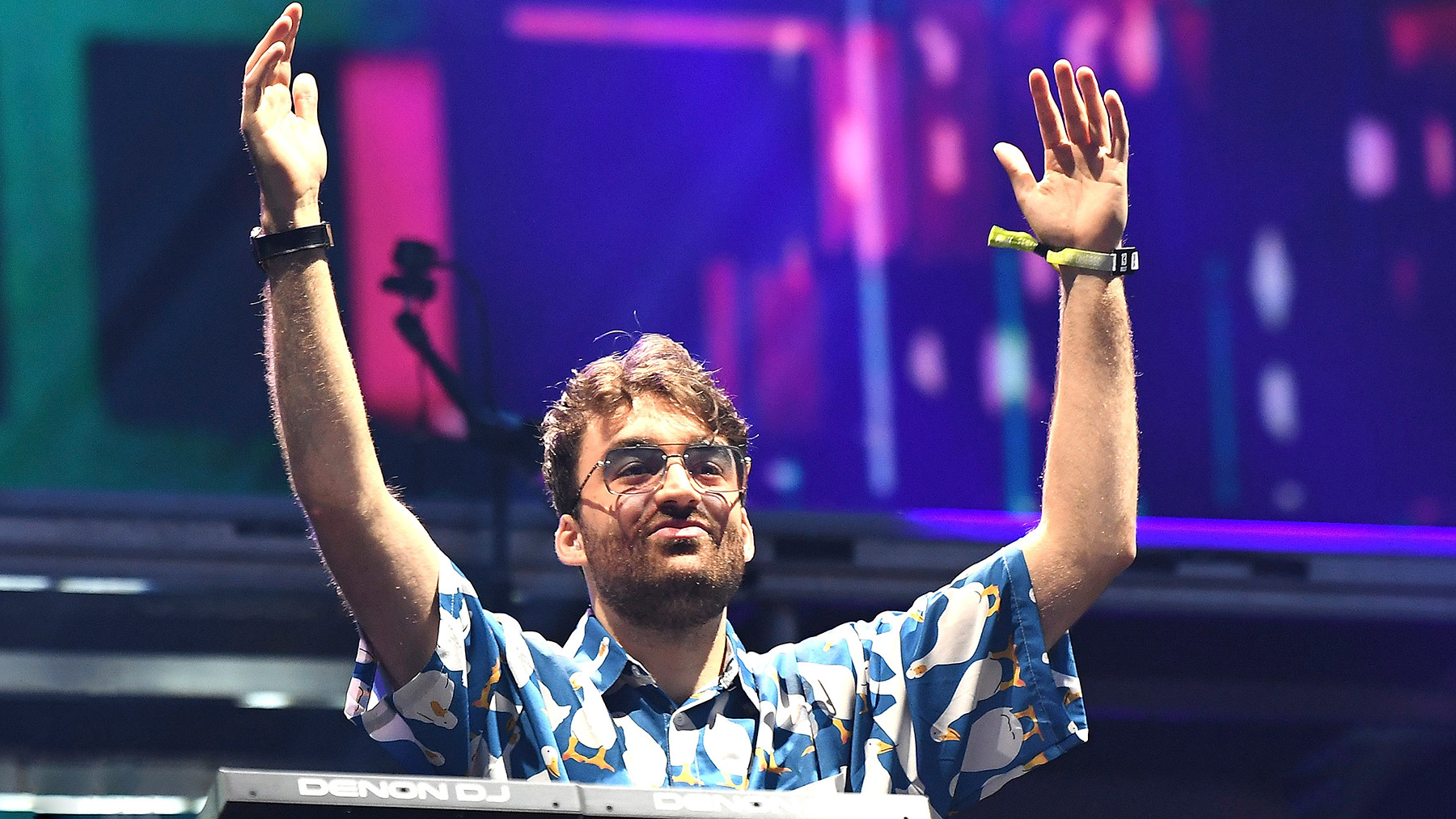 Oliver Heldens performing at a music festival.
Oliver Heldens performing at a music festival.
By the mid-2010s, a shift was occurring even among DJs headlining major festivals. The predictable “build-and-drop” formula that had become dominant in the dance music market began to feel stale. Oliver Heldens’ “Melody” emerged as a breath of fresh air, signaling a move towards a more nuanced and sophisticated sound. Dutch producer Oliver Heldens was only 18 when he released “Melody,” yet the track displayed a maturity beyond his years. Its soaring string arrangements and uplifting piano melodies evoked a classic, almost timeless quality within dance music, while still maintaining a powerful, stomping bassline. “Melody” marked a turning point, suggesting that festival-ready dance music could be both impactful and melodically rich, paving the way for a new wave of producers seeking depth and musicality in their tracks.
Soulful House Monologues: Kerri Chandler’s ‘Rain’ (1998)
New Jersey house producer Kerri Chandler’s influence extends beyond his consistently soulful and rhythmically sophisticated tracks. His work has become a touchstone for countless younger producers and DJs, drawn to his deeply personal and emotionally resonant approach to music. Chandler himself has described his vocal style not as singing, but as “vocalizing,” seeing himself more as a “monologist” expressing his life’s story through music. “Rain” exemplifies this perfectly. Chandler’s heartfelt plea, with each line punctuated by the word “rain,” skirts the edge of vulnerability, yet the music itself is more playful than melancholic, particularly highlighted by the whimsical xylophone solo. This track demonstrates Chandler’s ability to blend introspective lyrical themes with upbeat, danceable rhythms, creating a unique style of house music that is both deeply personal and universally engaging on the dance floor.
Electro’s Absurdist Humor: Detroit Grand Pubahs’ ‘Sandwiches’ (2000)
 Paris the Black Fu of Detroit Grand Pubahs performing live in London, 2002.
Paris the Black Fu of Detroit Grand Pubahs performing live in London, 2002.
Image Credit: Jim Dyson/Getty Images
The collaboration between Andy Toth and Mack Goudy (a.k.a. Dr. Toefinger Paris the Black Fu) of Detroit Grand Pubahs began in an unlikely setting – a restaurant in Royal Oak, Michigan, where they bonded over whiskey and a shared passion for music. One evening, Toth crafted a dynamic, quirky electro track, and Paris, with characteristic spontaneity, instructed him to turn on the microphone. Paris then improvised a set of playfully suggestive lyrics about a dance floor encounter, creating “Sandwiches.” This track became an unexpected hit, capturing the playful and slightly edgy spirit of Detroit’s turn-of-the-century electro revival. “Sandwiches” stands out for its raw, improvisational feel and its humorous, provocative lyrics, proving that dance music could be both intellectually stimulating and wildly entertaining, especially on a packed club dance floor.
The Shadows of Creation: Black Box’s ‘Everybody Everybody’ (1990)
Sometimes, the story behind a great record reveals a darker side of the music industry. “Everybody Everybody” by Black Box is one such example. Martha Wash of the Weather Girls was hired to record demos for Italian house producers Groove Groove Melody, with the understanding that her vocals were for demonstration purposes for other singers. However, the tracks were released under the name Black Box, using Wash’s uncredited vocals and, adding insult to injury, a model was hired to lip-sync her parts in music videos. Wash took legal action and won, highlighting the exploitation that could occur behind the scenes of even successful dance tracks. Daniele Davoli of Black Box later expressed regret, stating, “We didn’t know any better at the time. I guess we had to learn from our mistakes.” Despite the controversy surrounding its creation, “Everybody Everybody” became a massive hit, showcasing the powerful vocal performance of Martha Wash and the infectious energy of early 90s house music, though forever shadowed by its unethical beginnings.
Bounce Music’s Global Reach: Big Freedia’s ‘Azz Everywhere’ (2010)
 Big Freedia performing at the Essence Festival in New Orleans, 2019.
Big Freedia performing at the Essence Festival in New Orleans, 2019.
Image Credit: Amy Harris/Invision/AP
Big Freedia became a global ambassador for bounce music, a high-energy, distinctly New Orleans club sound that had been bubbling under for two decades. “Azz Everywhere” was the track that propelled bounce into wider recognition. A riotous mix of rapid-fire snares, samples, and the chanted title phrase, it perfectly captured the genre’s raw, unrestrained energy. Big Freedia described bounce as “an uptempo, heavy bass, holler-response music,” inextricably linked to the art of twerking. “We hold classes on the road sometimes at performing venues and different colleges to teach about the history of bounce music,” Freedia explained, emphasizing the cultural significance and rhythmic complexity of this unique genre. “Azz Everywhere” not only became a club banger but also a cultural touchstone, introducing a global audience to the infectious and liberating spirit of New Orleans bounce.
Dubstep’s Mainstream Moment: Joy Orbison’s ‘Hyph Mngo’ (2009)
The late 2000s saw dubstep producers pushing boundaries, leading to a wave of experimental and groundbreaking tracks. Joy Orbison’s debut, “Hyph Mngo,” emerged as the defining dubstep track of 2009, capturing the scene at a pivotal moment of innovation and growing popularity. The track’s smoothly gliding bassline and futuristic synthesizers were balanced by a ricocheting snare drum and fragmented vocal samples – a woman’s voice calling out “Ooh!” and “I do” – creating an unexpectedly emotive quality rare within dubstep at the time. This emotional depth, combined with its innovative sound design, propelled “Hyph Mngo” beyond the dubstep underground and into the mainstream consciousness, showcasing the genre’s potential for both sonic experimentation and widespread appeal.
Post-Punk Dance Fusion: ESG’s ‘Moody’ (1981)
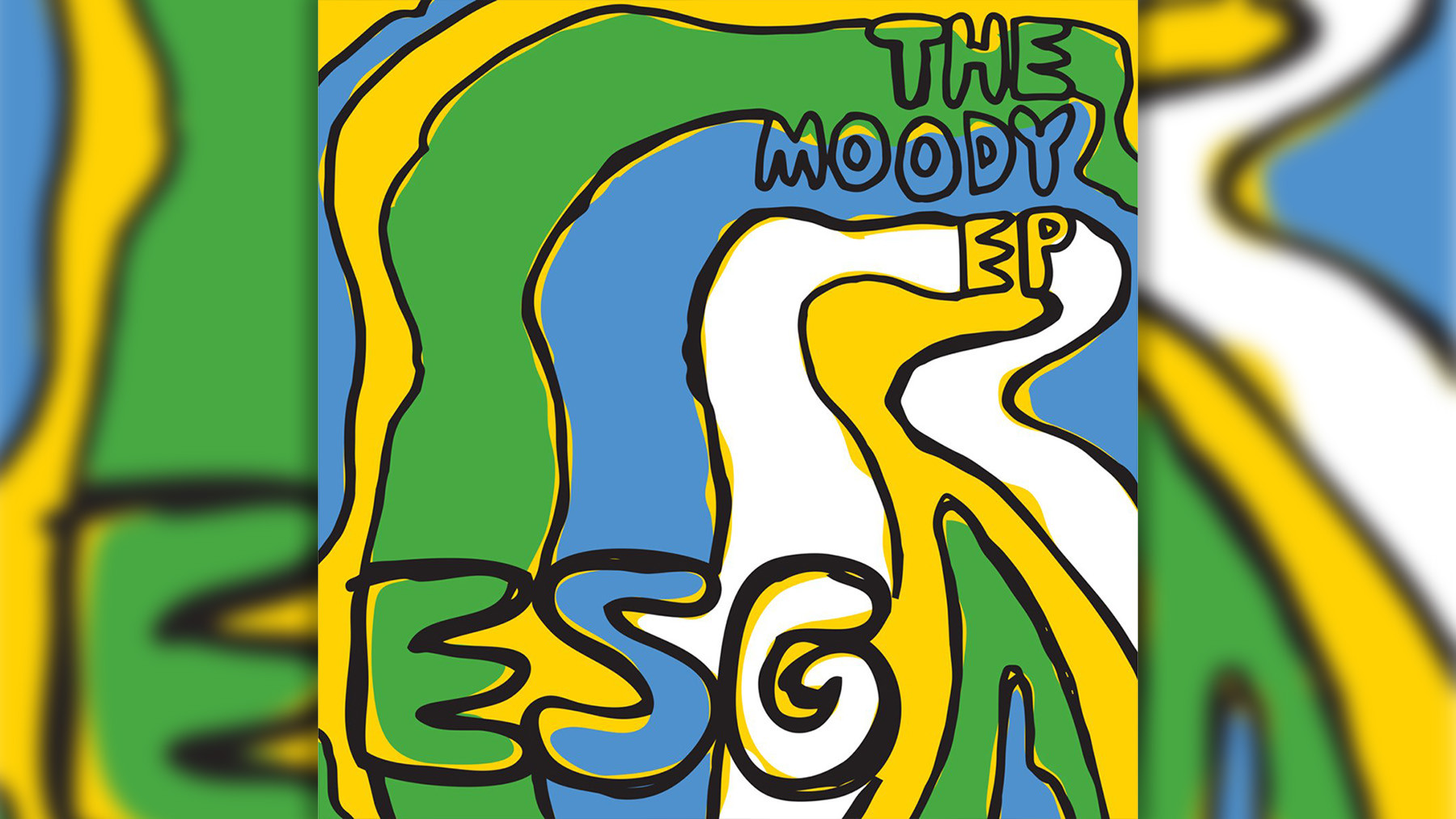 ESG performing live, silhouette against a bright background.
ESG performing live, silhouette against a bright background.
The Scroggins sisters, forming ESG in the South Bronx in the late 1970s, left an indelible mark on New York dance music. While their grooves were rooted in funk and disco, their minimalist sound and emphasis on percussion resonated deeply with the post-punk and no-wave scenes, particularly after collaborating with Joy Division producer Martin Hannett for their debut EP. “Moody,” the EP’s centerpiece, remains strikingly modern. A seductive blend of a pulsing bassline, hypnotic bongo rhythms, and Renee Scroggins’ ethereal vocals, “Moody” epitomized the sparse yet intensely rhythmic sound that defined ESG and bridged the gap between dance music, post-punk, and the burgeoning no-wave movement in downtown New York.
Remix Rebirth: La Roux’s ‘In for the Kill (Skream’s Let’s Get Ravey Remix)’ (2009)
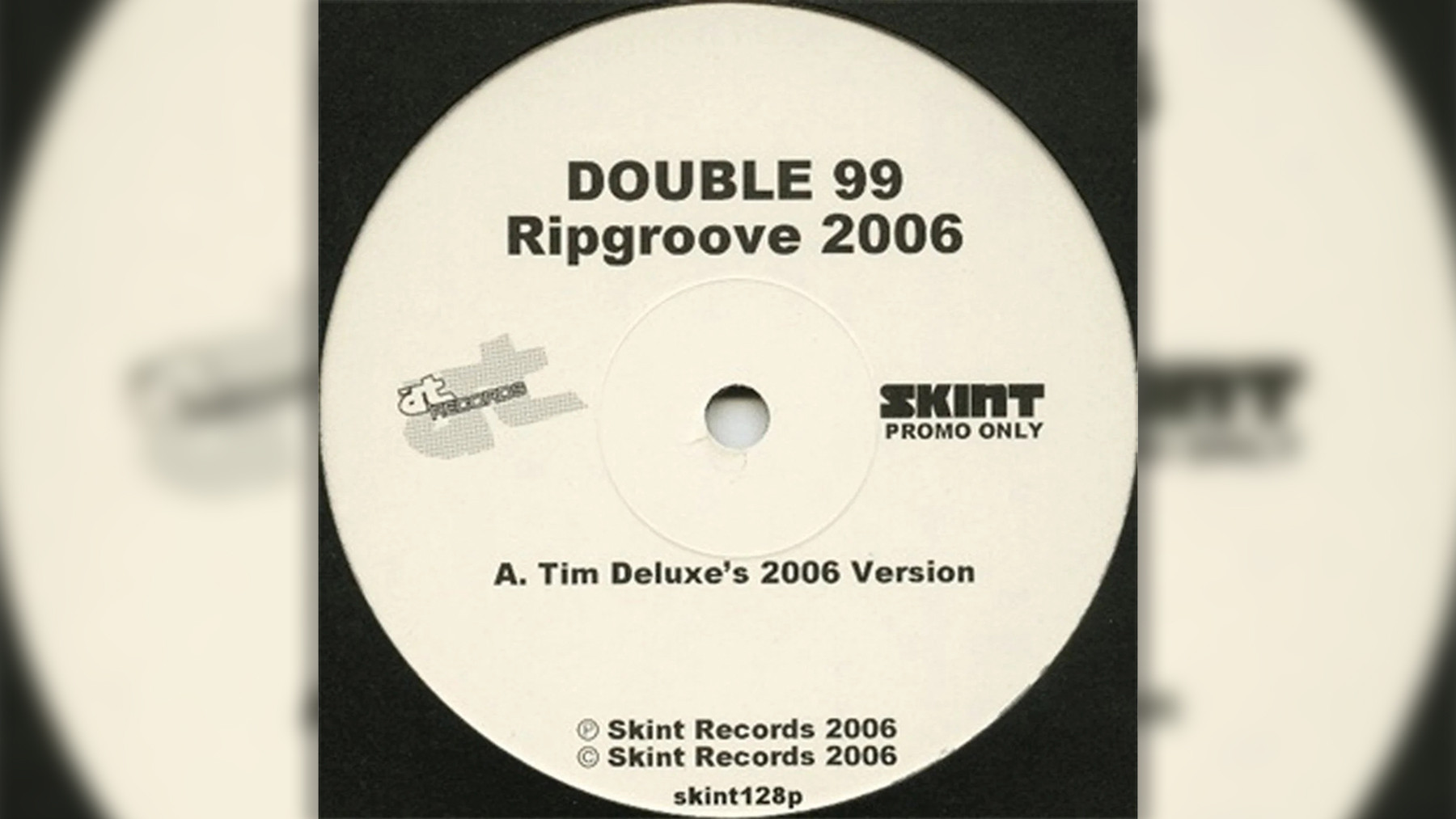 La Roux performing live in concert.
La Roux performing live in concert.
Artists sometimes have mixed feelings about remixes of their work. However, La Roux’s Elly Jackson had nothing but praise for Skream’s remix of “In for the Kill.” Jackson credited Skream, a fellow Londoner, with not just capturing the essence of her synth-pop single but actually “regiving birth to the real meaning and atmosphere of the song as we wrote it.” Skream’s remix stripped away the original’s pop-oriented beat, replaced Kanye West’s guest rap, and built an atmosphere of intense tension using flattened synths, culminating in an explosive release of drum-and-bass breaks. Jackson felt Skream’s version captured a boldness they hadn’t dared to explore in the original, stating, “What he did with the song is what we would have done if we’d been brave enough… We wanted to make a pop record and that just isn’t a pop thing, what he did to it.” The remix became a standout example of how reinterpretation can not only revitalize a song but also uncover its latent potential for the dance floor.
UK Garage’s Pop Crossover: Double 99’s ‘RIP Groove’ (1997)
 La Roux performing live in concert.
La Roux performing live in concert.
London producers Tim Deluxe and DJ Omar, initially working as RIP, rebranded as Double 99 to mark a “double-pack vinyl EP,” as Omar explained. Due to time constraints, they created track names and artwork before the music was even finalized. “RIP Groove,” a tribute to their previous moniker, was ingeniously constructed using samples from Armand Van Helden’s remix of CJ Bolland’s “Sugar Is Sweeter,” along with elements from Kenny Dope and singer Tina Moore. Remarkably, the track was completed in just three hours and became a defining anthem of 1997, propelling UK garage (then known as “speed garage”) into the pop charts and announcing a fresh, energetic sound to a wider audience. “RIP Groove” exemplified the sample-heavy, fast-paced energy of UK garage and its ability to bridge underground club culture with mainstream pop sensibilities.
Europop Blueprint: Snap!’s ‘The Power’ (1990)
Snap!’s “The Power” is a quintessential dance-music archetype, showcasing the global and often complex nature of hit creation. Two German producers sampled American rapper Chill Rob G and R&B vocalist Jocelyn Brown to create a club track that was then picked up by a major label, Arista. Arista then rerecorded it with a new vocalist, Turbo B, an American G.I. stationed in Germany. Adding another layer of complexity, the original sampled rapper, Chill Rob G, then rerecorded that version as Power Jam feat. Chill Rob G. Both versions became club hits, but “The Power” had a broader impact, establishing a new template for Europop. As Snap!’s Michael Muenzing observed in 1994, “Now you have 50 or 60 groups singing this way — rapping, singing the chorus, and going back to the rap.” “The Power” not only demonstrated the power of sampling and collaboration but also laid the groundwork for a dominant sound in 90s pop music.
Jersey Club’s Global Ripple: DJ Frosty feat. Fatman Scoop, DJ Webstar, Young B. & Smooth, ‘Ride That Wave (Remix)’ (2010)
 DJ Frosty performing at a club.
DJ Frosty performing at a club.
Jersey club, originating in Newark, New Jersey (initially known as Brick City club), is characterized by its intricate, syncopated rhythms, clipped vocal samples, and an energetic yet non-violent feel, reminiscent of classic hip-house in a more frenetic style. DJ Frosty’s “Ride That Wave” perfectly encapsulates this sound. A relentlessly catchy, chant-driven track, it emerged just as Jersey club began to gain traction with EDM producers globally. This cross-pollination eventually led to Jersey club’s influence reaching mainstream artists like Drake on his Honestly, Nevermind album. The remix of “Ride That Wave” featured veterans like Fatman Scoop, whose 90s hip-hop cut-ups were influential among DJs like Fatboy Slim, further bridging the gap between different eras and styles of dance music. “Ride That Wave” served as a potent introduction to Jersey club for a global audience, showcasing its unique rhythmic energy and paving the way for its wider integration into contemporary music.
Nu-Disco’s Serendipitous Hit: Todd Terje’s “Inspector Norse” (2012)
 Todd Terje performing at a music festival.
Todd Terje performing at a music festival.
Image Credit: Future via Getty Images
Norwegian nu-disco producer Todd Terje created “Inspector Norse,” along with his It’s the Arps EP, entirely using sounds from a vintage ARP synthesizer. He had modest expectations for the track, anticipating it would appeal to DJs with its danceable beat but was surprised by its broader appeal. “I thought it was going to go well with the DJs, as I’d tried it out and it had a danceable beat, but I never thought I’d hear people singing along to the melodies,” Terje admitted. The track’s undeniably catchy melody proved irresistible, transcending genre boundaries and becoming a surprise hit. “It really helped me as a DJ in terms of popularity,” Terje acknowledged, highlighting how “Inspector Norse” became a career-defining track, demonstrating the power of a simple, well-crafted melody to resonate with audiences far beyond its creator’s initial expectations.
Dance-Punk’s Sacrilegious Birth: The Rapture’s ‘House of Jealous Lovers’ (2002)
 The Rapture performing live at Bowery Ballroom, NYC, 2002.
The Rapture performing live at Bowery Ballroom, NYC, 2002.
Image Credit: Redferns
James Murphy, DFA founder and co-producer of “House of Jealous Lovers,” recalled the somewhat rebellious context of The Rapture’s breakthrough single. “Most people now have no memory of how absolutely sacrilegious it was at the time,” Murphy told Spin. “We wanted to make a rock track that could compete with dance music. We obsessed over it.” The Rapture’s debut single combined the angular guitar riffs of Gang of Four with a manic, shout-along vocal and a meticulously engineered beat and bassline designed to be undeniable for dance DJs. It succeeded spectacularly. “House of Jealous Lovers” became the pinnacle of the early 2000s “dance-punk” movement, influencing a wave of New York bands and transforming indie bars into dance music venues. The song’s fusion of rock and dance sensibilities redefined the sound of the downtown New York scene and had a lasting impact on indie music culture.
Trap’s EDM Infusion: TNGHT’s ‘Higher Ground’ (2012)
 TNGHT performing at a music festival.
TNGHT performing at a music festival.
Image Credit: Getty Images
Hudson Mohawke described TNGHT’s 2012 EP, a collaboration with Lunice, as “our take on big American rap beats, with a little bit of cheekiness to it.” The five-song EP, and particularly “Higher Ground,” catapulted both producers to the forefront of EDM. “Higher Ground,” with its powerful, almost regal stomp, is both spacious and intricately detailed. Its innovative blend of trap and electronic elements quickly caught the attention of Kanye West, who enlisted TNGHT to produce “Blood on the Leaves” for his Yeezus album within a year. “Higher Ground” not only became a club anthem but also a significant moment in the evolution of trap music, demonstrating its potential for grandeur and its influence on mainstream hip-hop.
Drum & Bass with Jazz Roots: Roni Size and Reprazent’s ‘Brown Paper Bag’ (1997)
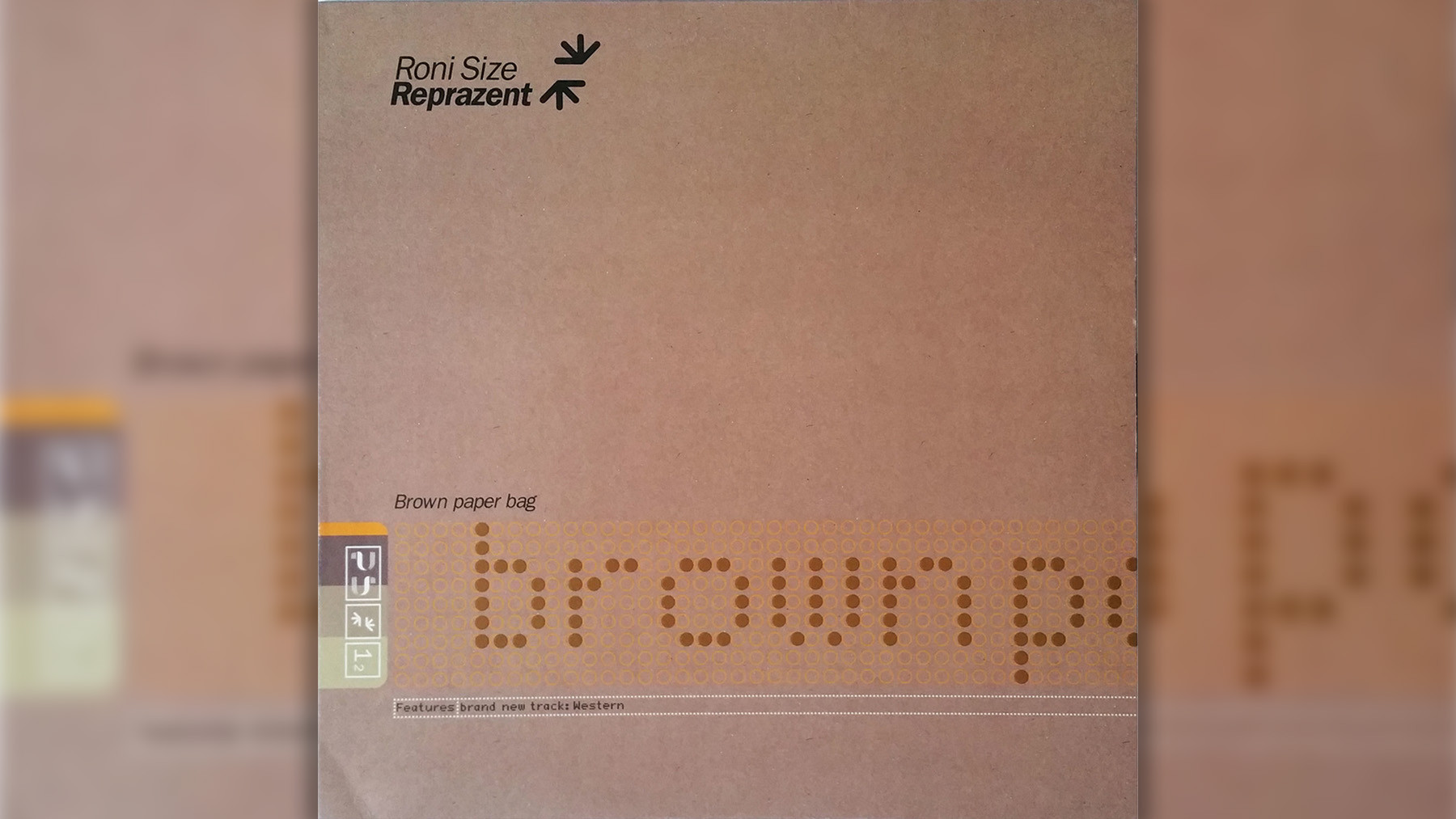 Roni Size and Reprazent performing live on stage.
Roni Size and Reprazent performing live on stage.
By the late 1990s, drum and bass was diversifying, sometimes losing touch with its dancehall and hip-hop origins. Bristol, England’s Roni Size and Reprazent bridged this gap, creating drum and bass that felt both experimental and grounded in its Black musical roots. They fused frenetic beats with warm, organic jazz-funk influences. Roni Size noted the divisive reaction to “Brown Paper Bag,” the standout track from their 1997 album New Forms. “It’s funny how ‘Brown Paper Bag’ split people,” Size said, “They heard the jazz, how it sounded different from everything else, and they saw this other audience that loved it.” The track’s unique combination of breakneck rhythms and sophisticated jazz instrumentation broadened the appeal of drum and bass, attracting a diverse audience and solidifying its place as a genre capable of both raw energy and musical depth.
Soulful Sound System to Chart Toppers: Soul II Soul’s ‘Back to Life (However Do You Want Me)’ (1989)
Led by DJ-producer Jazzie B and co-producer Nellee Hooper, Soul II Soul began as a London sound system specializing in reggae and soul. When they started recording in the late 1980s, their smooth grooves seamlessly blended both genres. Initially, their tracks were intended solely for their own sound system parties. “It was literally for our sound [system] at the beginning,” Jazzie B explained. “We weren’t really interested in what anybody else was doing.” However, their music resonated far beyond their initial circle. “Back to Life” became a crossover hit, reaching Number One on the Billboard R&B chart and the Top Five on the Hot 100. Soul II Soul’s success demonstrated the global appeal of their sophisticated blend of soul, reggae, and emerging dance music elements, proving that music rooted in sound system culture could achieve mainstream recognition without compromising its artistic integrity.
Electroclash Anthem: Felix da Housecat’s ‘Silver Screen Shower Scene’ (2001)
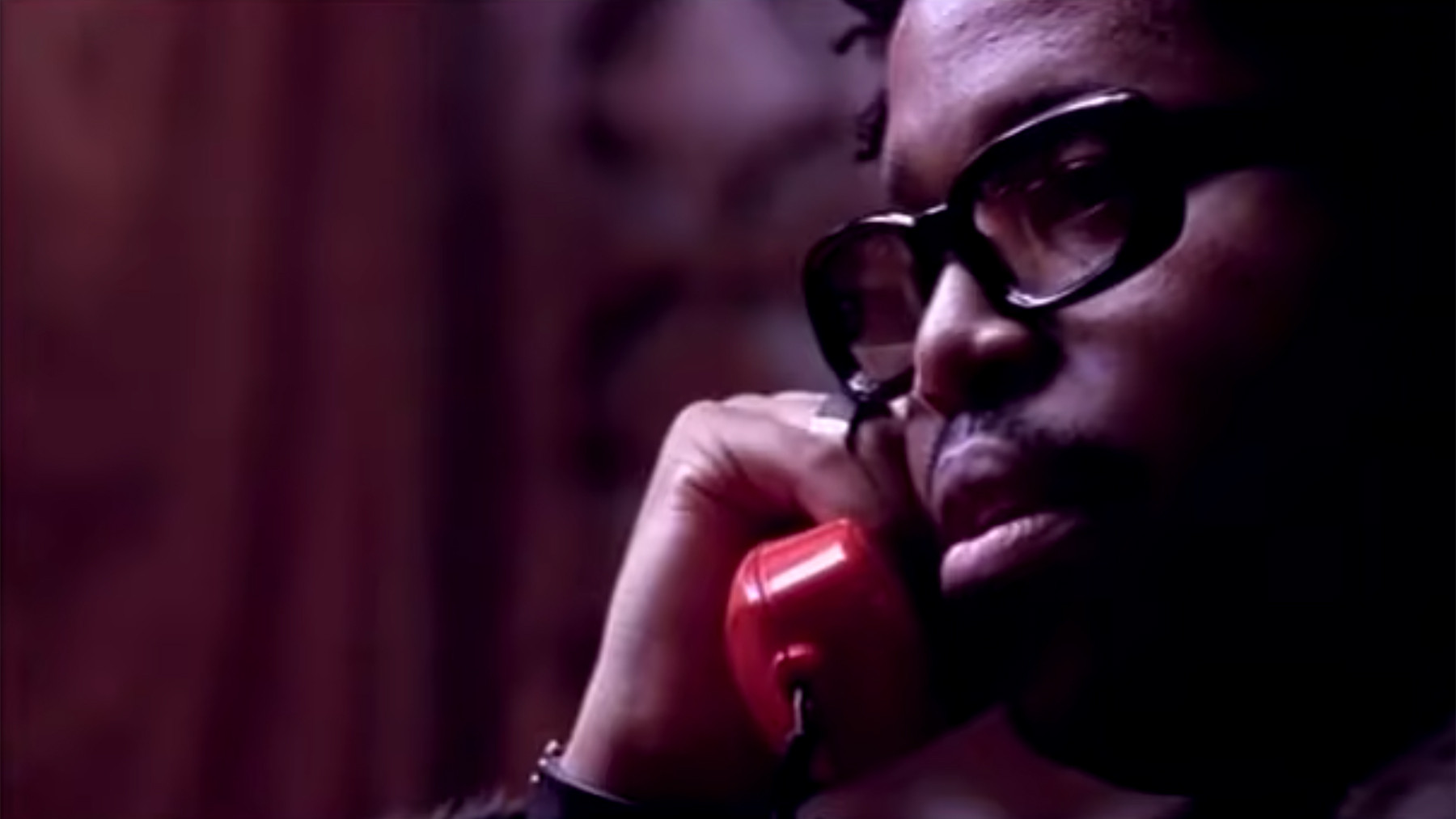 Felix Da Housecat DJing at a club.
Felix Da Housecat DJing at a club.
Felix Stallings Jr., a Chicago house veteran, had already created the acid house classic “Fantasy Girl” as Pierre’s Pfantasy Club in 1987. His career reached a new level with the 2000 album Kittenz and Thee Glitz, a collaborative project exploring themes of celebrity and artifice with artists like Junior Sanchez, Tommie Sunshine, and Parisian vocalists Miss Kittin and Melistar. “Silver Screen Shower Scene” became an instant anthem from the album. Its lyrics critiquing celebrity culture and its pulsating electro sound seemed to define the electroclash era. Jacques Lu Cont’s “Thin White Duke Remix” further amplified the track’s club appeal. “Silver Screen Shower Scene” captured the zeitgeist of the early 2000s, blending critical commentary with irresistible dance floor energy and solidifying Felix da Housecat’s status as a leading figure in electronic music.
Dreamy Remix States: Dntel feat. Ben Gibbard, ‘(This Is) The Dream of Evan and Chan (Superpitcher Kompakt Remix)’ (2001)
In 2000, Death Cab for Cutie’s Ben Gibbard had a bizarre dream involving Evan Dando of The Lemonheads and Chan Marshall (Cat Power). He turned this dream into a song, collaborating with Dntel (Jimmy Tamborello) before their Postal Service project. Dntel set Gibbard’s vocals to lively beats and shimmering synths. However, the Superpitcher remix, from the influential German label Kompakt, elevated the track into a truly dreamlike state. Superpitcher’s remix layered foggy, textured synths and echoing bells, enhancing the ethereal quality hinted at in Gibbard’s lyrics. The remix of “(This Is) The Dream of Evan and Chan” transcended its indie-electronic origins, becoming a staple in clubs and demonstrating the transformative power of remixing to unlock new dimensions of emotion and atmosphere in a song.
Hi-NRG Pioneer: Patrick Cowley feat. Sylvester, ‘Do Ya Wanna Funk?’ (1982)
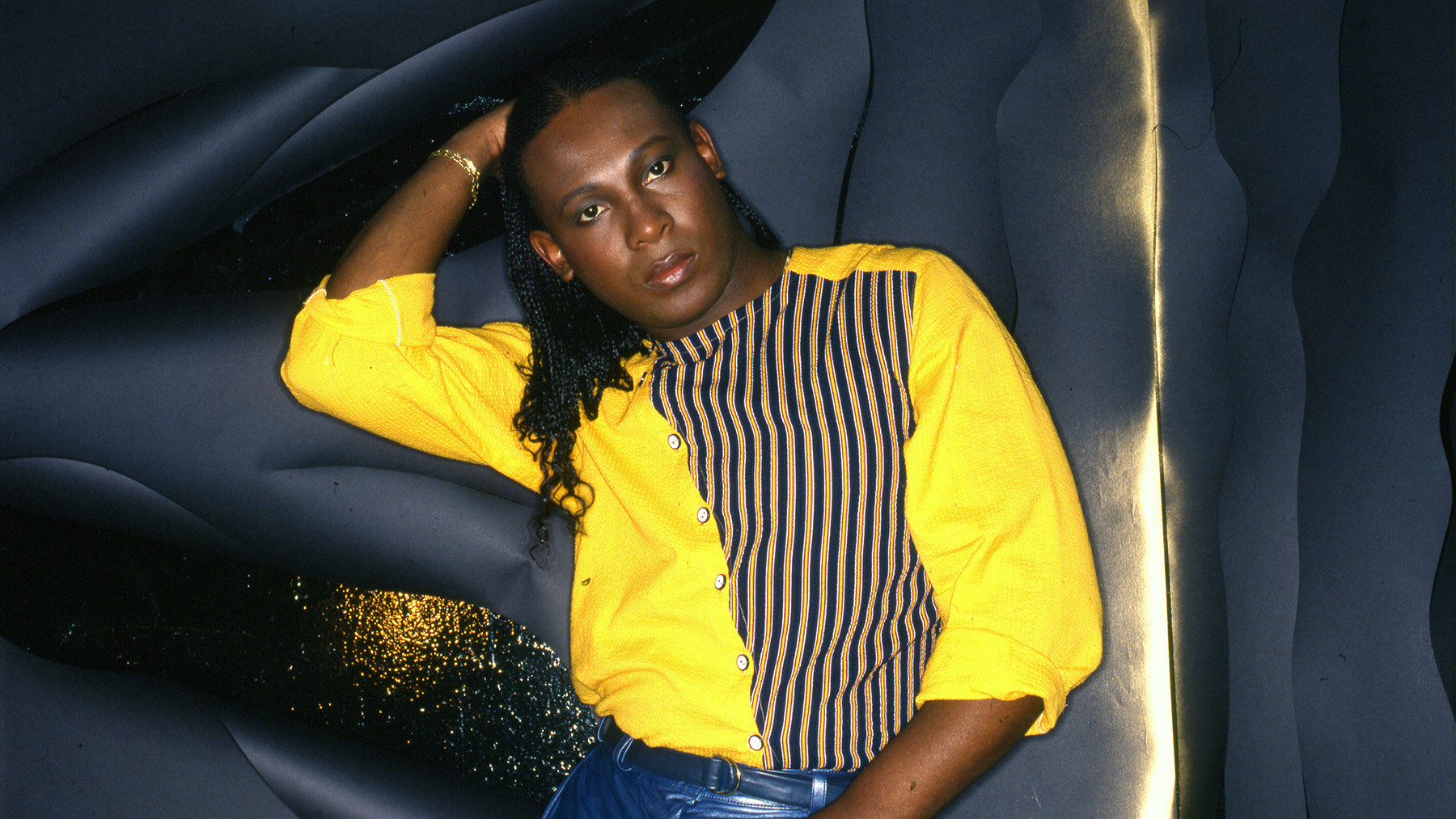 Sylvester James, disco singer, portrait, circa 1980.
Sylvester James, disco singer, portrait, circa 1980.
Image Credit: Getty Images
Patrick Cowley was a synth innovator who became a central figure in Hi-NRG, a defining sound of gay club culture. His work with Sylvester, and his extended, groundbreaking remix of Donna Summer’s “I Feel Love,” established him as a visionary in electronic dance music. Tragically, Cowley became ill in late 1981 and passed away from AIDS-related complications a year later at just 32, shortly after the term “AIDS” was officially recognized. Even in his final months, Cowley continued to create music, finishing tracks like “Do Ya Wanna Funk?” This track remains a landmark of Hi-NRG, featuring soaring synth riffs and Sylvester’s stratospheric falsetto. “Do Ya Wanna Funk?” also gained cinematic fame, soundtracking the iconic party scene in the movie Trading Places, further cementing its status as a high-energy dance classic.
Funk’s Banjo Groove: Funkadelic’s ‘One Nation Under a Groove’ (1978)
 Sylvester James, disco singer, portrait, circa 1980.
Sylvester James, disco singer, portrait, circa 1980.
Image Credit: Redferns
“One Nation Under a Groove” by Funkadelic is arguably the greatest funk track ever to feature a banjo. Its instantly captivating groove propelled it to the top of the R&B singles chart for six weeks in 1978. George Clinton’s decision to credit the song to Funkadelic, known for their guitar-heavy rock sound, rather than Parliament, known for their horn-driven R&B, was deliberate. “Parliament is smashing,” Clinton explained. “But Funkadelic is the movement.” “One Nation Under a Groove” embodied Funkadelic’s ethos of pushing boundaries and creating music that was both deeply funky and politically charged, becoming an anthem of unity and liberation on dance floors worldwide.
Hi-NRG’s Defining Moment: Evelyn Thomas’ ‘High Energy’ (1984)
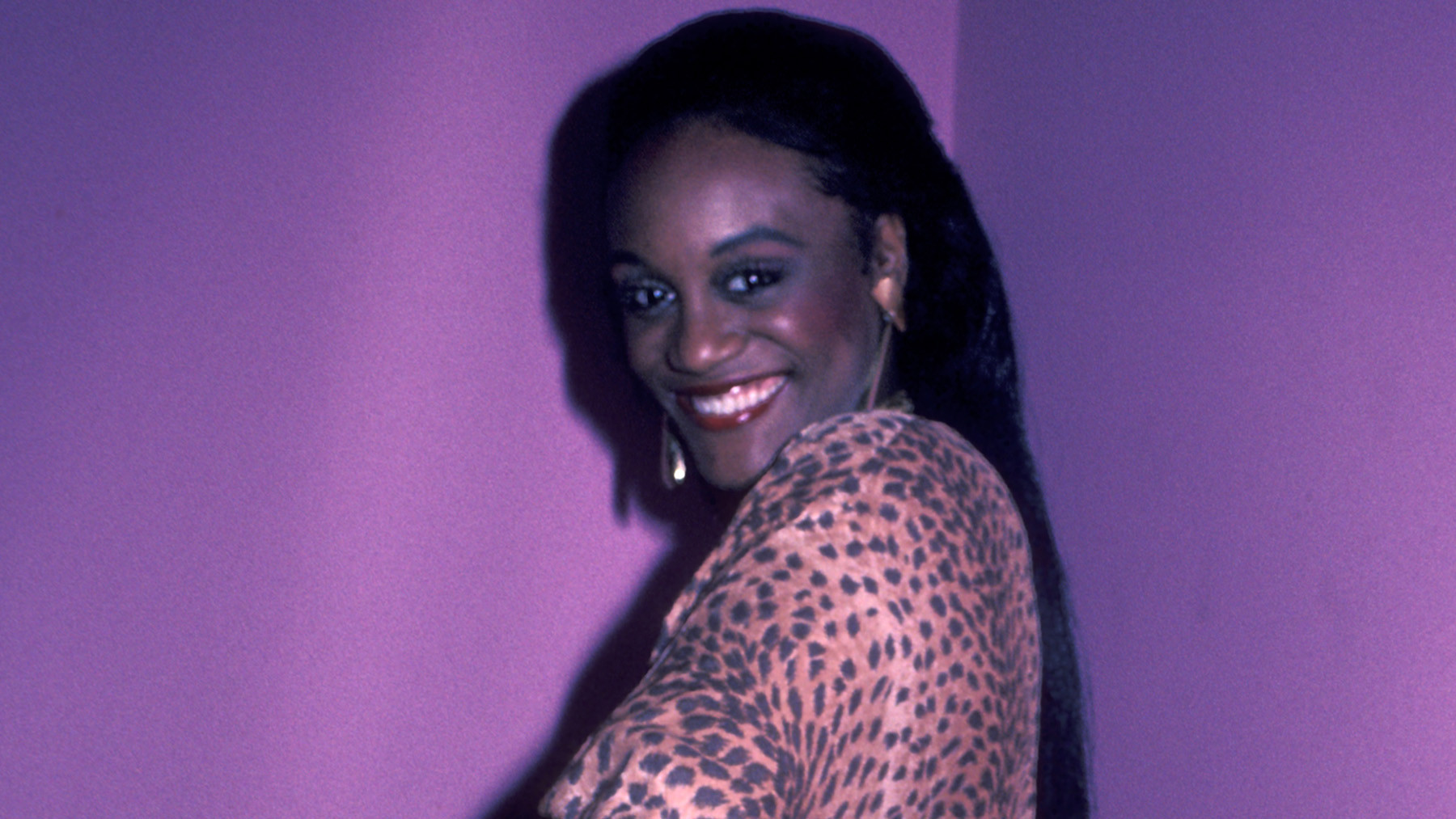 Evelyn Thomas at the Limelight Disco in New York City, 1984.
Evelyn Thomas at the Limelight Disco in New York City, 1984.
Image Credit: Ron Galella Collection via Getty
Released in 1984, Evelyn Thomas’ “High Energy” became synonymous with the Hi-NRG genre, even giving it its name. However, the genre itself predated the song. Chicago singer Evelyn Thomas was signed by Manchester producer Ian Levine in the mid-1970s. Levine, originally a DJ on the Northern Soul circuit, transitioned towards disco, particularly as synthesizers became more prominent. Smash Hits magazine noted Levine’s style as “straddle[ing] both gay disco and old Motown — the two main Hi-NRG ingredients.” “High Energy,” with its brash, upbeat, and undeniably cheesy sound, reached the UK Top Five and remains a club favorite, as demonstrated by The Blessed Madonna’s inclusion of it in her Bunker Podcast. “High Energy” epitomized the sound and spirit of Hi-NRG, a genre that celebrated synth-driven exuberance and became a staple in gay clubs and beyond.
Daft Punk’s Organic Funk: Daft Punk feat. Pharrell Williams and Nile Rodgers, ‘Get Lucky’ (2013)
When Pharrell Williams met Daft Punk at a Madonna party, he expressed his desire to collaborate, even jokingly offering to “play a tambourine.” When they finally worked together in Paris, Williams aimed to channel Nile Rodgers’ signature guitar style. Daft Punk played him a track they had already created with Rodgers, and Williams recorded his smooth vocals during that same session. “You don’t need MDMA for this music, because it’s so incredibly vivid,” Williams enthused, highlighting the song’s naturally euphoric quality. “Get Lucky” became a global phenomenon, showcasing the seamless blend of Daft Punk’s electronic production, Nile Rodgers’ funk guitar, and Pharrell Williams’ vocals, proving that organic musicality and electronic innovation could create a truly transcendent dance track.
Stadium EDM with Garage Soul: Mat Zo and Porter Robinson, ‘Easy’ (2013)
 Porter Robinson and Mat Zo performing together.
Porter Robinson and Mat Zo performing together.
Porter Robinson described “Easy,” his collaboration with Mat Zo, as “‘Easy’ in my mind is an homage to Daft Punk’s Discovery.” He explained, “It takes the disco chords of all of the early French stuff and gives it a louder, more trance-inspired feel.” “Easy” is a masterful update, both dazzling and classic in its approach. The central synth melody evokes both a Theremin and a Moog, while the vocal sample from Colourblind’s NYC garage track “Nothing Better” adds a heart-wrenching emotional depth often missing from stadium EDM of that era. “Easy” successfully bridged the gap between the grandeur of stadium EDM and the soulful intimacy of garage house, creating a track that was both massive in scale and deeply emotionally resonant.
Electroclash to EDM Bridge: Justice vs. Simian, “We Are Your Friends” (2006)
Image Credit: FilmMagic
In 2003, Parisian musicians Gaspard Augé and Xavier de Rosnay, who would become Justice, entered a remix contest for British rockers Simian’s “Never Be Alone.” Limited by their equipment – a sampler, sequencer, and synthesizer without music software – they could only download a short vocal sample from the chorus. The result was a raw, jarring sound that perfectly bridged electroclash and the emerging EDM scene. Retitled “We Are Your Friends,” it became a hit in 2006, launching Justice’s career and even inspiring Simian to transform themselves into the dance act Simian Mobile Disco. “We Are Your Friends” exemplified the power of creative constraint and the unexpected fusion of rock and electronic music, becoming a defining track of the mid-2000s dance music landscape.
EDM’s Teenage Anthem: Martin Garrix’s ‘Animals’ (2013)
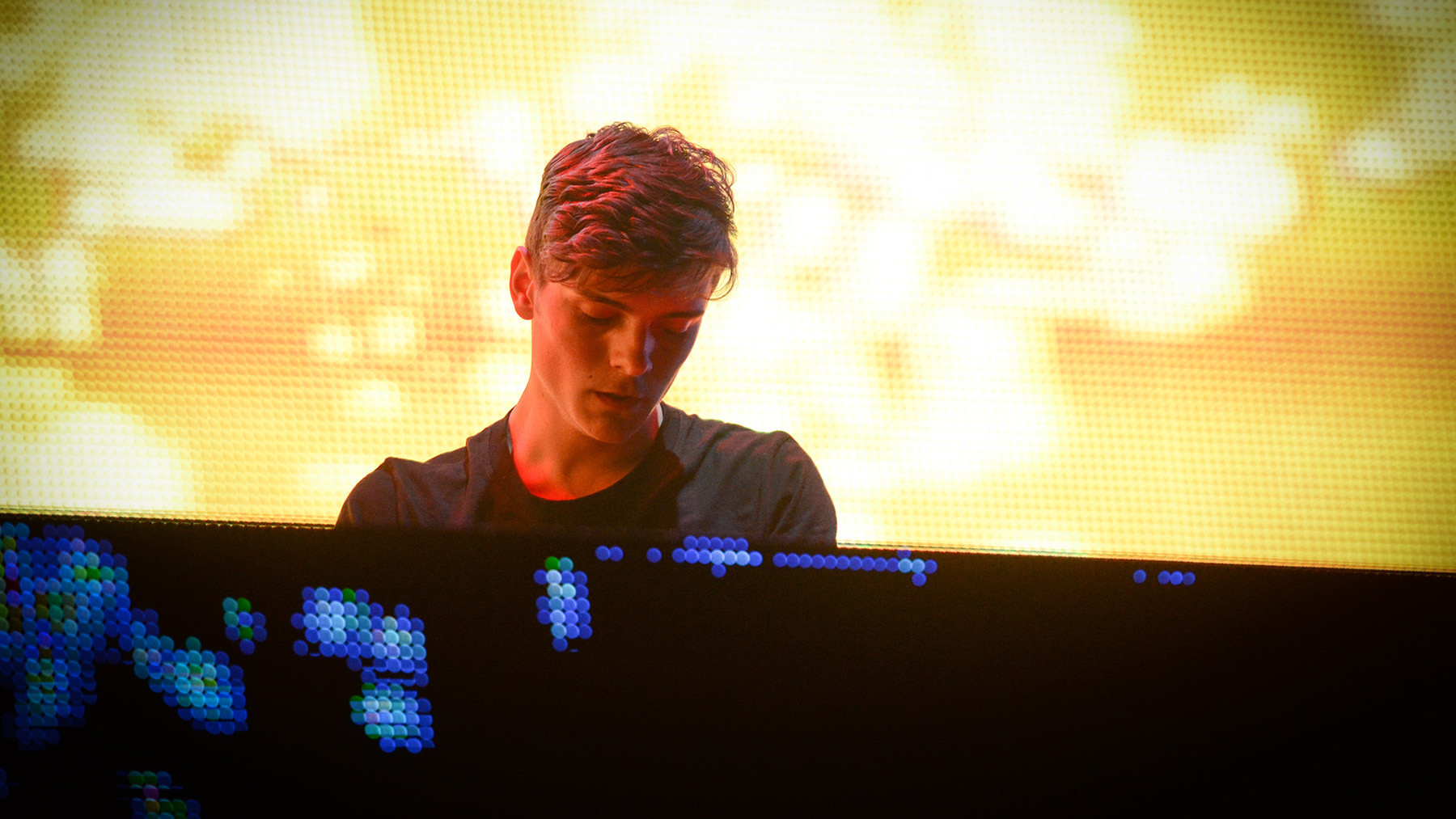 Martin Garrix performing at Coachella Music Festival, 2014.
Martin Garrix performing at Coachella Music Festival, 2014.
Image Credit: Scott Roth/Invision/AP
Dance music often favors youth, and the early 2010s EDM boom exemplified this. Martin Garrix’s “Animals,” built around a simple yet incredibly catchy synth riff, became a global smash when the Dutch producer was only 18. The track’s wordless, chant-like melody was instantly recognizable and universally appealing. Garrix faced skepticism initially, with industry insiders assuming he didn’t produce his own music. To dispel these doubts, Garrix began doing livestreams and production tutorials online. “Animals” became an anthem of the EDM boom, demonstrating the genre’s accessibility and its ability to propel young talent to international stardom through simple, powerful musical ideas.
Miami Freestyle’s Zenith: Debbie Deb’s ‘Lookout Weekend’ (1984)
Miami production pioneer Pretty Tony, a key figure in the freestyle genre, claimed to have coined the term “freestyle music.” His light, energetic tracks bridged the sounds of KC and the Sunshine Band and 2 Live Crew, defining the Miami bass sound. “Lookout Weekend,” Debbie Deb’s second single under Tony’s production, reached the pinnacle of freestyle’s frothy, upbeat style. Following the success of its predecessor, “When I Hear Music,” “Lookout Weekend” also went triple platinum. Tony’s success allowed him to indulge: “I bought me a Porsche. As a matter of fact, two Porsches.” “Lookout Weekend” became a defining track of Miami freestyle, capturing the genre’s breezy energy and its significant commercial success in the mid-1980s.
Baltimore Club’s Modern Tribute: Tate Kobang’s ‘Bank Rolls’ (2015)
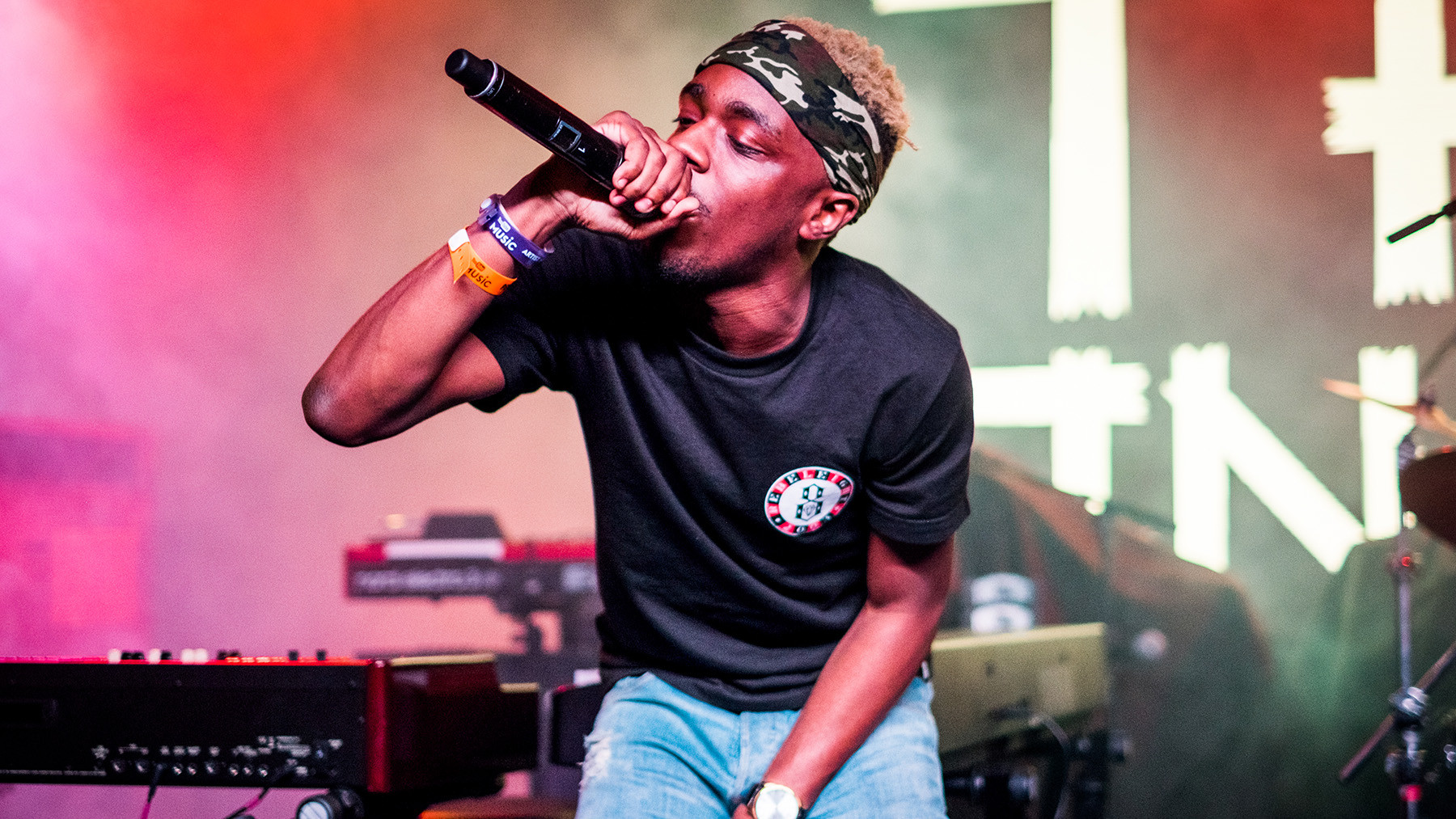 Tate Kobang performing at the Youtube Music Showcase in Austin, Texas, 2016.
Tate Kobang performing at the Youtube Music Showcase in Austin, Texas, 2016.
Image Credit: Redferns
Tate Kobang’s remix of “Bank Rolls,” built around a sample of Tim Trees’ Baltimore club track “Bank Roll,” is a contemporary tribute to Baltimore club music and the city itself. The then-23-year-old rapper’s remix celebrated Baltimore’s resilience and energetic spirit. In his final verse, Kobang pays homage to K-Swift, the legendary DJ who helped popularize Baltimore club music before her untimely death in 2008. “She was just one of those bodies in our culture that was like, ‘She ain’t never going anywhere,’” Kobang said. Like K-Swift’s pioneering work, “Bank Rolls (Remix)” introduced a new generation to the infectious energy of Baltimore club music, bridging the underground sound with contemporary hip-hop and reaching a wider audience.
New Wave Disco Medley: Soft Cell’s ‘Tainted Love/Where Did Our Love Go?’ (1981)
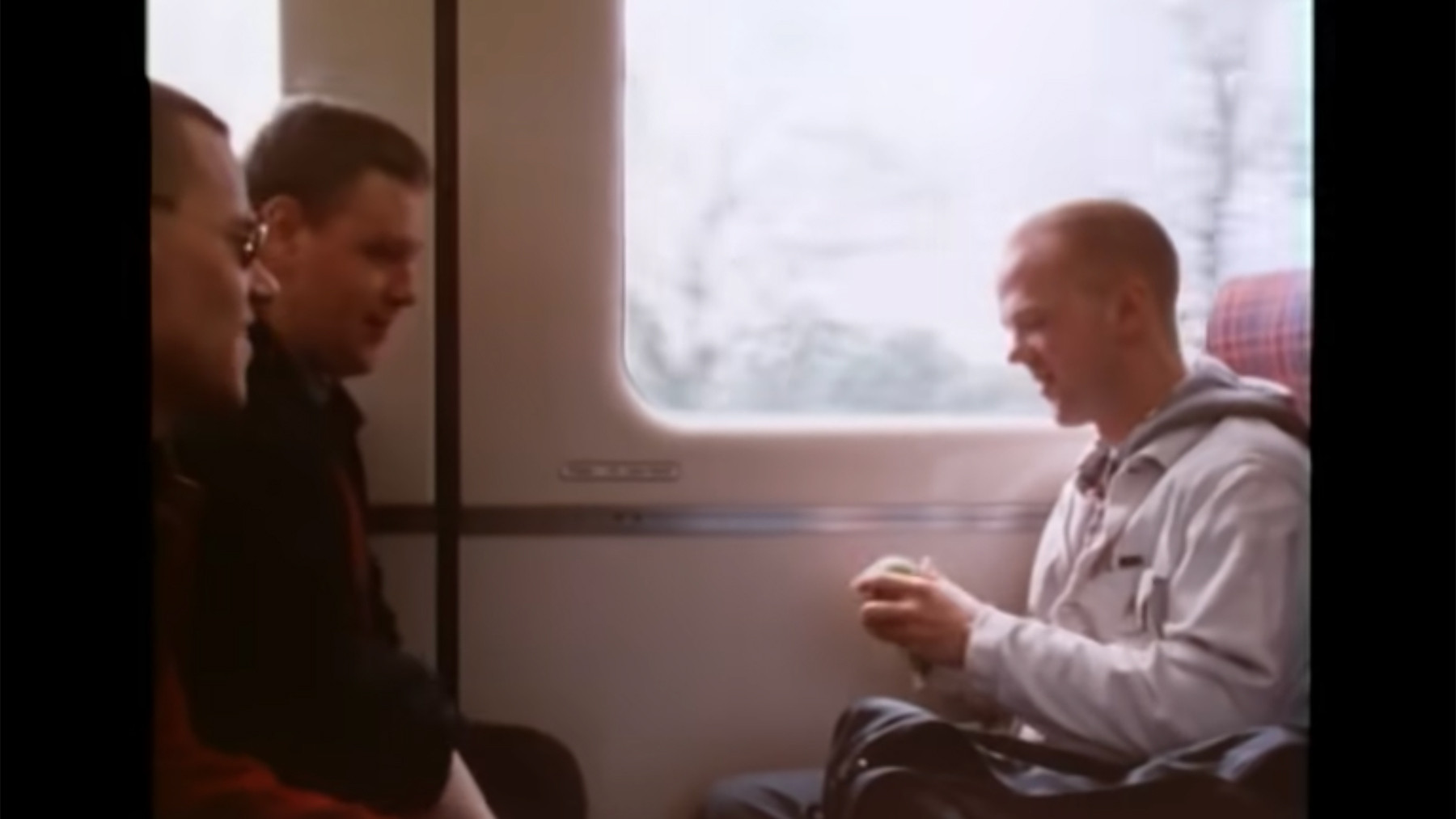 Soft Cell performing on stage in the early 1980s.
Soft Cell performing on stage in the early 1980s.
Marc Almond of Soft Cell described their shared musical tastes with partner David Ball as “We both like Northern soul, Sixties music, and the 12-inch record.” They combined these influences into their hit “Tainted Love/Where Did Our Love Go?”. Their synth-pop rendition of Gloria Jones’ R&B track “Tainted Love” was already a hit, but for the extended version, they seamlessly merged it with The Supremes’ classic “Where Did Our Love Go?”. Initially intended to include just a few bars of “Where Did Our Love Go?”, they expanded it to the entire song, creating a nine-minute medley that became a defining example of New Wave disco. This extended version of “Tainted Love/Where Did Our Love Go?” has captivated dance floors for decades, showcasing Soft Cell’s ability to blend pop hooks with extended club-ready arrangements.
Ambient House Dreamscape: The Orb’s ‘Little Fluffy Clouds’ (1990)
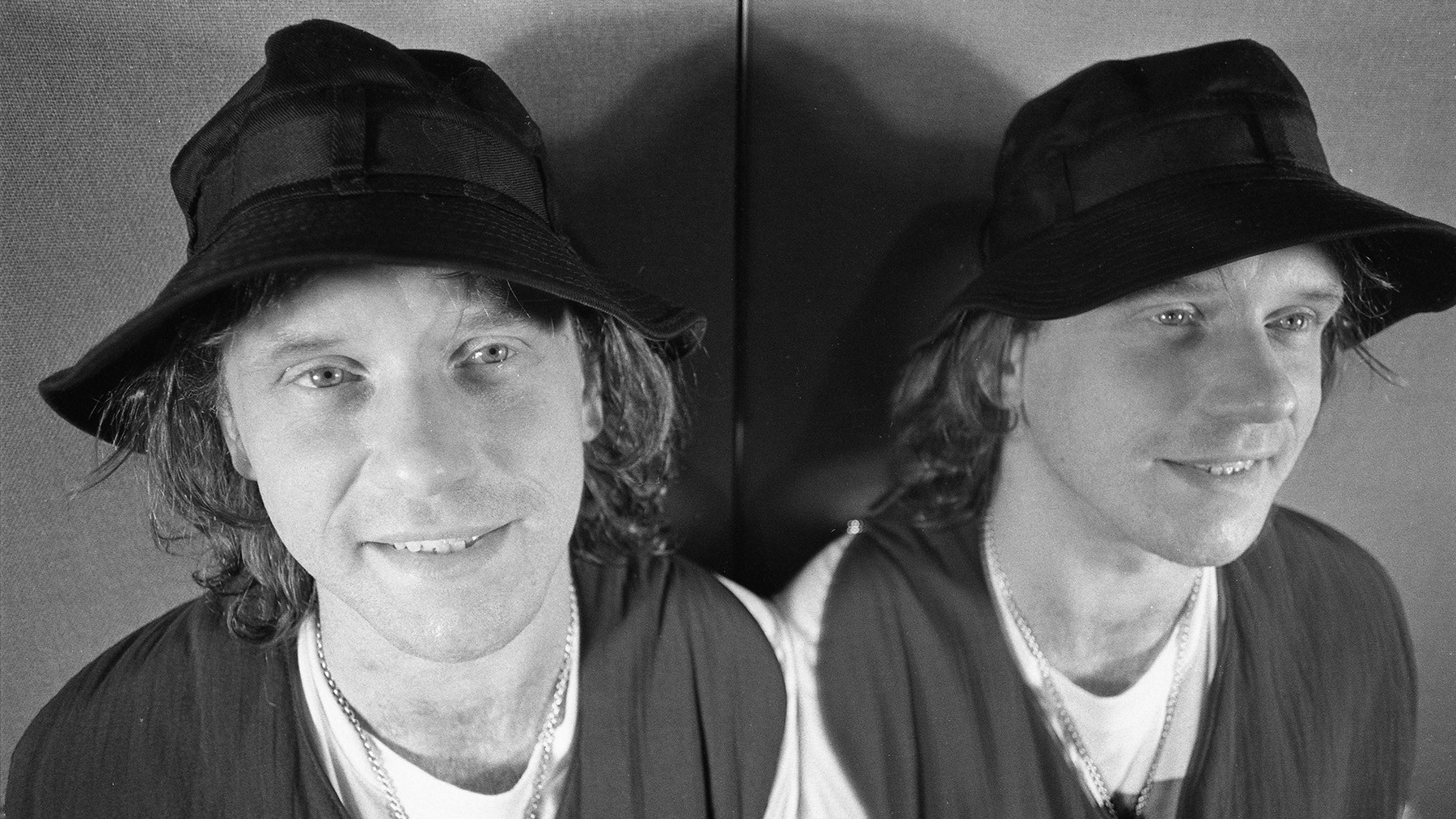 Alex Paterson of The Orb, portrait, London, 1991.
Alex Paterson of The Orb, portrait, London, 1991.
Image Credit: Getty Images
The Orb’s Alex Paterson received a tape from a friend with a note suggesting it could be a new Orb single. Side A contained an interview with Rickie Lee Jones describing the Arizona skies of her youth as “purple and yellow and red and on fire.” Side B featured Steve Reich’s minimalist composition Electric Counterpoint. Paterson combined these elements to create “Little Fluffy Clouds,” a defining track of the acid house era, known for its dreamy, atmospheric sound. Steve Reich himself was pleased with the result. “He was very happy when he heard it,” Paterson said. “Suddenly, it was being played to the masses, and they were loving it.” “Little Fluffy Clouds” brought ambient textures into the mainstream, demonstrating that dance music could be both calming and captivating, expanding the genre’s emotional range.
Aphex Twin’s Rave Bangers: Polygon Window’s ‘Quoth’ (1993)
Richard D. James, known as Aphex Twin, is often associated with more cerebral, seated listening experiences. However, in the early 1990s, he produced high-energy rave tracks. “Quoth,” released under his Polygon Window alias, is a prime example. A complex percussion symphony, “Quoth” became a rave anthem, particularly in the American Midwest, where it was played at barn parties. “Quoth” showcased Aphex Twin’s ability to create both experimental and intensely danceable music, bridging the gap between avant-garde electronic composition and the raw energy of rave culture.
Dubstep’s Breakout Track: Skream’s ‘Midnight Request Line’ (2005)
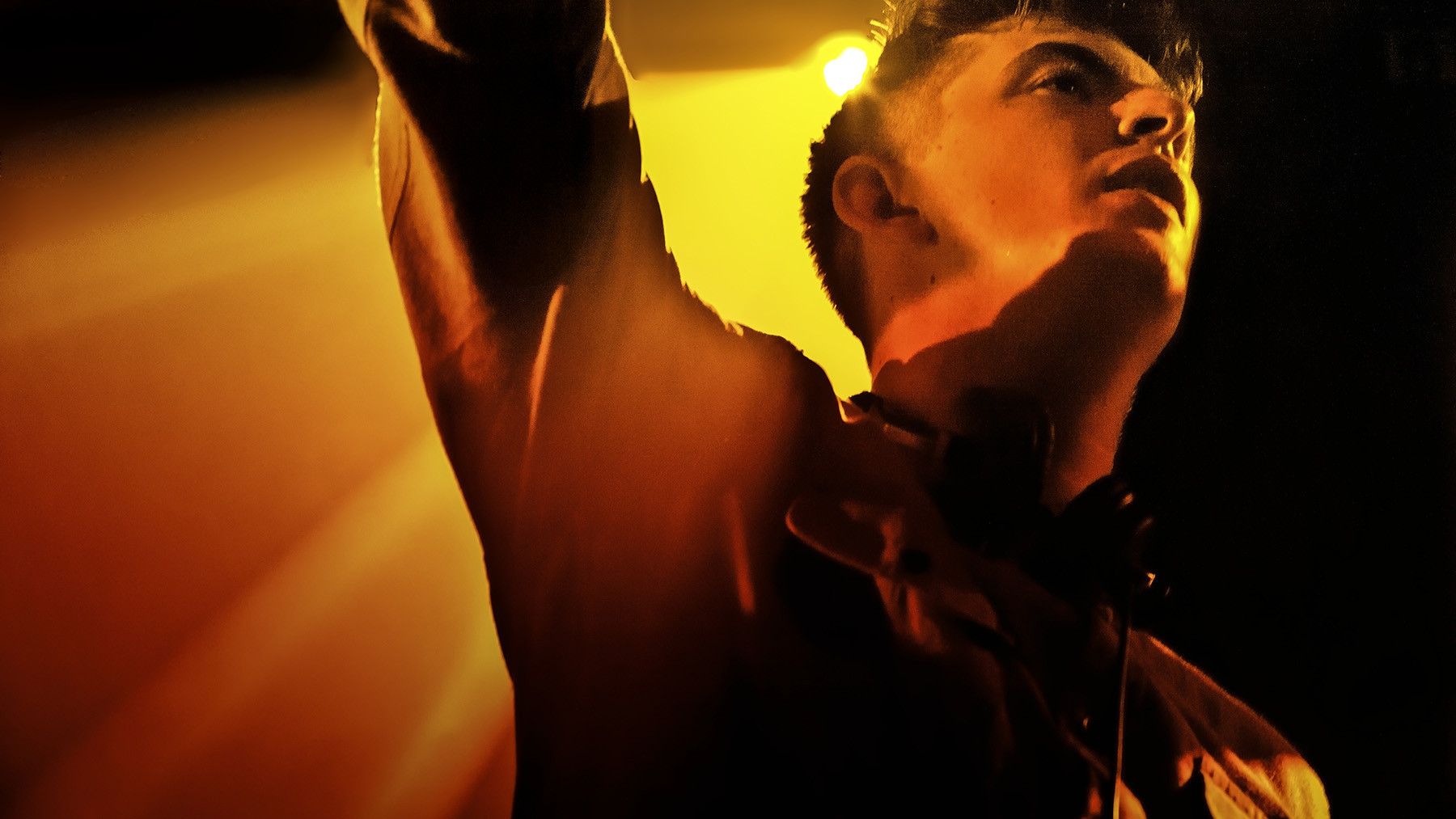 Skream DJing at Fabric Nightclub, London.
Skream DJing at Fabric Nightclub, London.
Image Credit: Universal Images Group via Getty
Shortly after releasing “Midnight Request Line,” London dubstep producer Skream discovered its impact. “I was on a boys’ holiday with my friends. They had a DJ Magazine or a Mixmag rack up on a shelf … I looked at it, and I had Record of the Month. I was like, ‘Shit, I need to get home.’” The track, with its fluttering synth melody, gliding bassline, and heavy clap beat, propelled Skream and dubstep into the spotlight. “Midnight Request Line” became a foundational track for dubstep, defining its sound and launching Skream’s career, proving the power of innovative sound design to capture the attention of both underground and mainstream audiences.
Ghetto House Rawness: Paul Johnson’s ‘Feel My M.F. Bass’ (1994)
“Ghetto house” emerged as house music’s equivalent to gangsta rap, a raw, sample-based, street-oriented style pioneered by Chicago producers like those on the Dance Mania label. Paul Johnson, who used a wheelchair, was a central figure, known for his unconventional and impactful tracks and his distinctive voice-overs on mixtapes. “Feel My M.F. Bass” is a prime example of his style. Built around a cavernous kick drum, the track features Johnson gleefully repeating the title phrase, creating a confrontational and undeniably danceable experience. Paul Johnson’s “Feel My M.F. Bass” became a defining track of ghetto house, embodying its raw energy and unapologetic attitude.
Chicago House Vocal Harmony: Ten City’s ‘That’s the Way Love Is’ (1989)
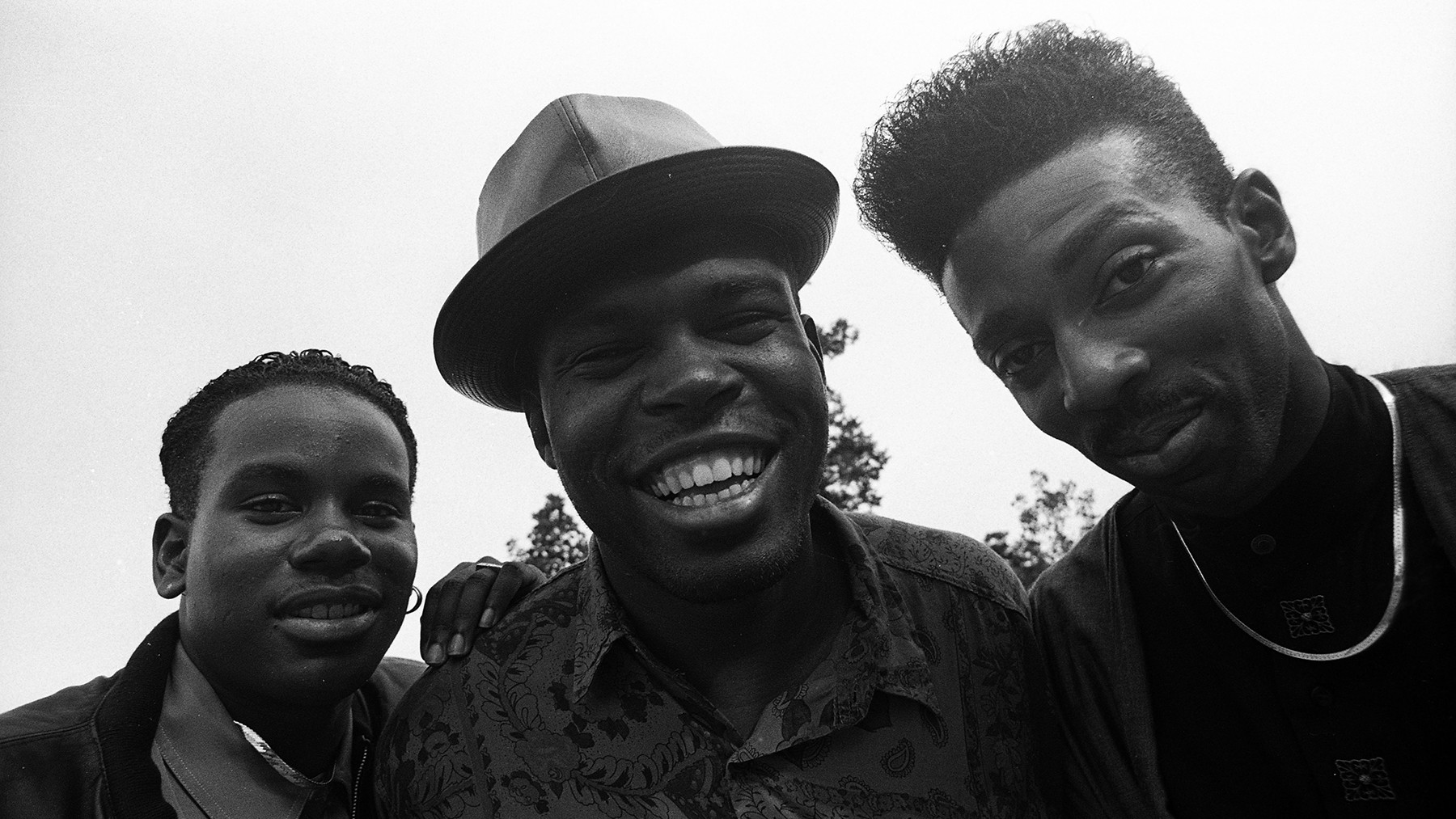 Ten City group portrait in London, 1990.
Ten City group portrait in London, 1990.
Image Credit: Getty Images
Marshall Jefferson, producer of Chicago house vocal trio Ten City, explained their ambition: “When Ten City started, I think we were both at a point where we wanted to expand the genre by writing proper songs while at the same time doing more abstract things.” “That’s the Way Love Is,” Ten City’s third single, perfectly embodied this approach. Philly-soul strings, lush love songs, and Byron Stingily’s soaring falsetto defined their sound. The track reached the UK Top 10 and Number One on the Billboard dance chart. Jefferson also noted the song’s broader impact: “people in South Africa have told us stories of how that song represents liberation for them.” “That’s the Way Love Is” showcased Ten City’s ability to blend sophisticated songwriting with the energy of house music, creating tracks that were both commercially successful and deeply meaningful to listeners worldwide.
Industrial Dance Crossover: Nitzer Ebb’s ‘Join in the Chant’ (1987)
Image Credit: Getty Images
Nitzer Ebb, an industrial groove band from England’s Midlands, had a natural affinity for dance music. Frontman Douglas McCarthy explained, “The clubs we knew were disco and funk. It’s in the DNA of the area.” “Join in the Chant” became Nitzer Ebb’s most rousing anthem, a perfect crossover track for techno, particularly in Detroit, where techno artists like Carl Craig and Jeff Mills had roots in industrial music. Richie Hawtin included “Chant” in his influential 1999 mix CD Decks, EFX & 909, and Andrew Weatherall famously said, “The closest I felt to God was listening to ‘Join in the Chant.’” “Join in the Chant” demonstrated the unexpected dance floor potential of industrial music and its resonance within the techno scene, bridging seemingly disparate genres.
Gay Club Anthem of Escape: Bronski Beat’s ‘Smalltown Boy’ (1984)
 Soft Cell performing on stage in the early 1980s.
Soft Cell performing on stage in the early 1980s.
Bronski Beat’s Jimi Somerville joked that his vocal training consisted of singing along to Donna Summer and Sylvester records. “I wanted a lot more out of life than working in a paint factory and having to accept that being gay was a nighttime occupation only,” he said. “I just had had enough of the abuse and the heartache.” He channeled this angst into “Smalltown Boy,” a poignant portrayal of alienation and escape. With its heart-wrenching vocal hook (“Run away, run away, run away”) and smooth synth backing, it became an immediate gay club anthem, reaching Number One on the Billboard club chart and the UK Top Three. “Smalltown Boy” became an anthem of resilience and hope for the LGBTQ+ community, using dance music to express themes of personal struggle and the desire for liberation.
Bleep Techno Bass Power: LFO’s ‘LFO (Leeds Warehouse Mix)’ (1990)
Image Credit: PYMCA/Universal Images Group/Getty Images
LFO were pioneers of Sheffield, England’s “bleep” scene, the original sound of Warp Records. While characterized by icy synth chords and bleeping sounds, Warp’s Steve Beckett emphasized the importance of bass: “it had nothing to do with the bleeps for the people making it — for them it was all about the bass.” LFO’s self-titled track, which got them signed to Warp, showcased this focus. Icy synths and bleeps set the stage for layers of deep bass. The bassline moved the body, while the sub-bass could shake buildings. “LFO” defined the bleep techno sound, emphasizing the physical impact of bass in dance music and establishing Warp Records as a leading force in electronic music innovation.
Drake’s House Music Dip: Drake’s ‘Sticky’ (2022)
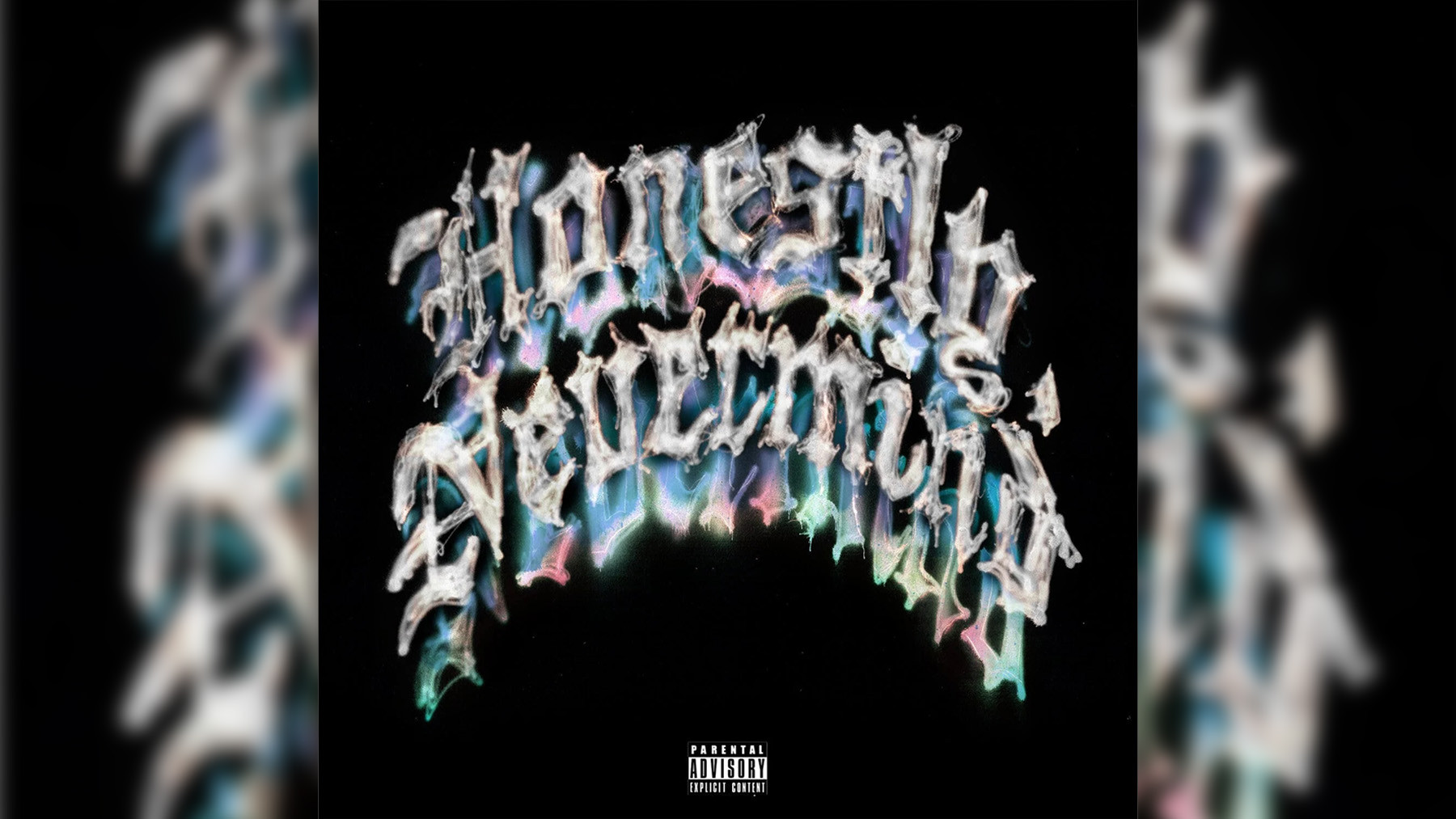 Drake performing live in concert, bathed in red light.
Drake performing live in concert, bathed in red light.
Drake’s foray into dance music with Honestly, Nevermind felt intentionally understated, drawing from Jersey and Baltimore club music and deep house influences. “Sticky,” produced by Gordo and Ry X, stands out as the album’s peak. Drake shifts from the album’s prevalent low-key vocals to rapping about personal themes, including the release of Young Thug and the passing of Virgil Abloh. “Sticky” exemplifies a major artist exploring a subculture and creating something that feels authentic and fresh. Drake’s “Sticky” demonstrated the continued evolution of dance music, with mainstream artists incorporating and reinterpreting underground sounds, leading to new and unexpected directions in popular music.
House Music Rapture: Roland Clark’s ‘I Get Deep (Shelter Mix)’ (2000)
“The love of house music started when I went to Club Zanzibar in lieu of my prom,” Roland Clark recalled, referencing the Newark, New Jersey club where Tony Humphries was a resident DJ. “I Get Deep” is an anthem that expresses this deep connection. Over lively beats and keyboard melodies, Clark delivers a monologue capturing the transcendent experience of being lost in dance. “All the sweat just goes down my face/And I pretend that there’s nobody there but me in this place.” The 12-inch also included an a cappella version, later sampled by Fatboy Slim. “I Get Deep” became an anthem for house music lovers, capturing the feeling of spiritual release and personal connection found on the dance floor.
Lo-Fi Gospel House: Aly-Us’ ‘Follow Me’ (1992)
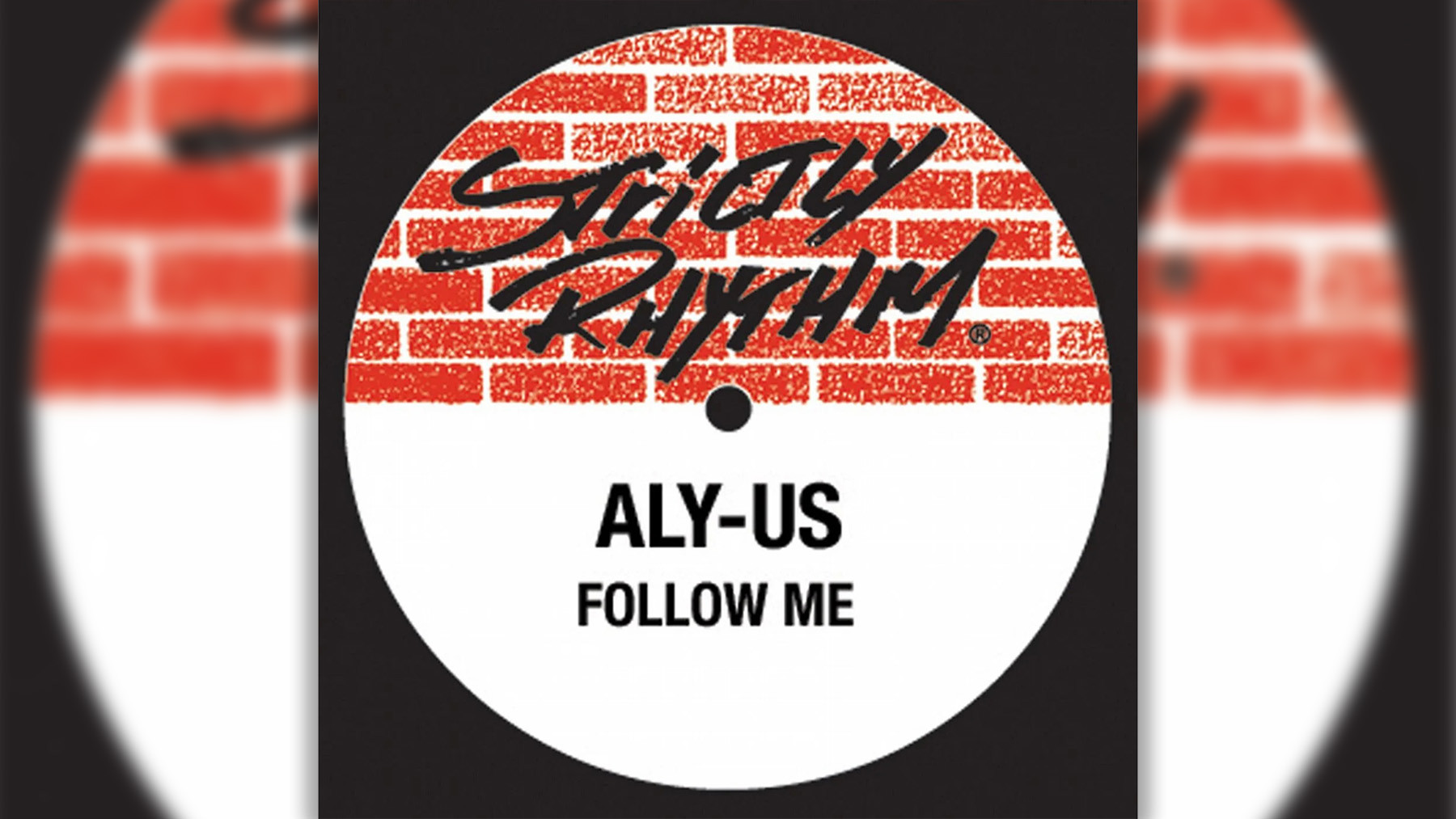 Aly-Us performing live on stage in the early 1990s.
Aly-Us performing live on stage in the early 1990s.
Early house music often had a raw, DIY quality, which was part of its charm. Aly-Us’ “Follow Me” exemplifies this. A gospel-infused track with an uplifting message (“We must stop fighting/To achieve the peace”), it was recorded by a New Jersey vocal trio in a basement using a four-track recorder. The lo-fi production, and occasional vocal imperfections, only amplify the song’s urgency and sincerity. “Follow Me” became an anthem of hope and unity within the house music scene, demonstrating the power of raw emotion and authentic expression over technical perfection.
Disco’s First Wave: George McCrae’s ‘Rock Your Baby’ (1974)
 Aly-Us performing live on stage in the early 1990s.
Aly-Us performing live on stage in the early 1990s.
In the summer of 1974, two club-originating songs reached Number One on the Billboard Hot 100: Hues Corporation’s “Rock the Boat” and George McCrae’s “Rock Your Baby.” These were among the first disco hits. The shimmering instrumental track for “Rock Your Baby” was created by Henry Wayne Casey, Richard Finch, and Jerome Smith, who later formed KC and the Sunshine Band. George McCrae was added to the project almost by chance. “I think they gave me ‘Rock Your Baby’ to get me out of their hair,” he recalled. “Rock Your Baby” marked a turning point, signaling the mainstream breakthrough of disco and the beginning of its global dominance in popular music.
Reggaeton’s Experimental Blueprint: El General’s ‘Perezosa’ (1995)
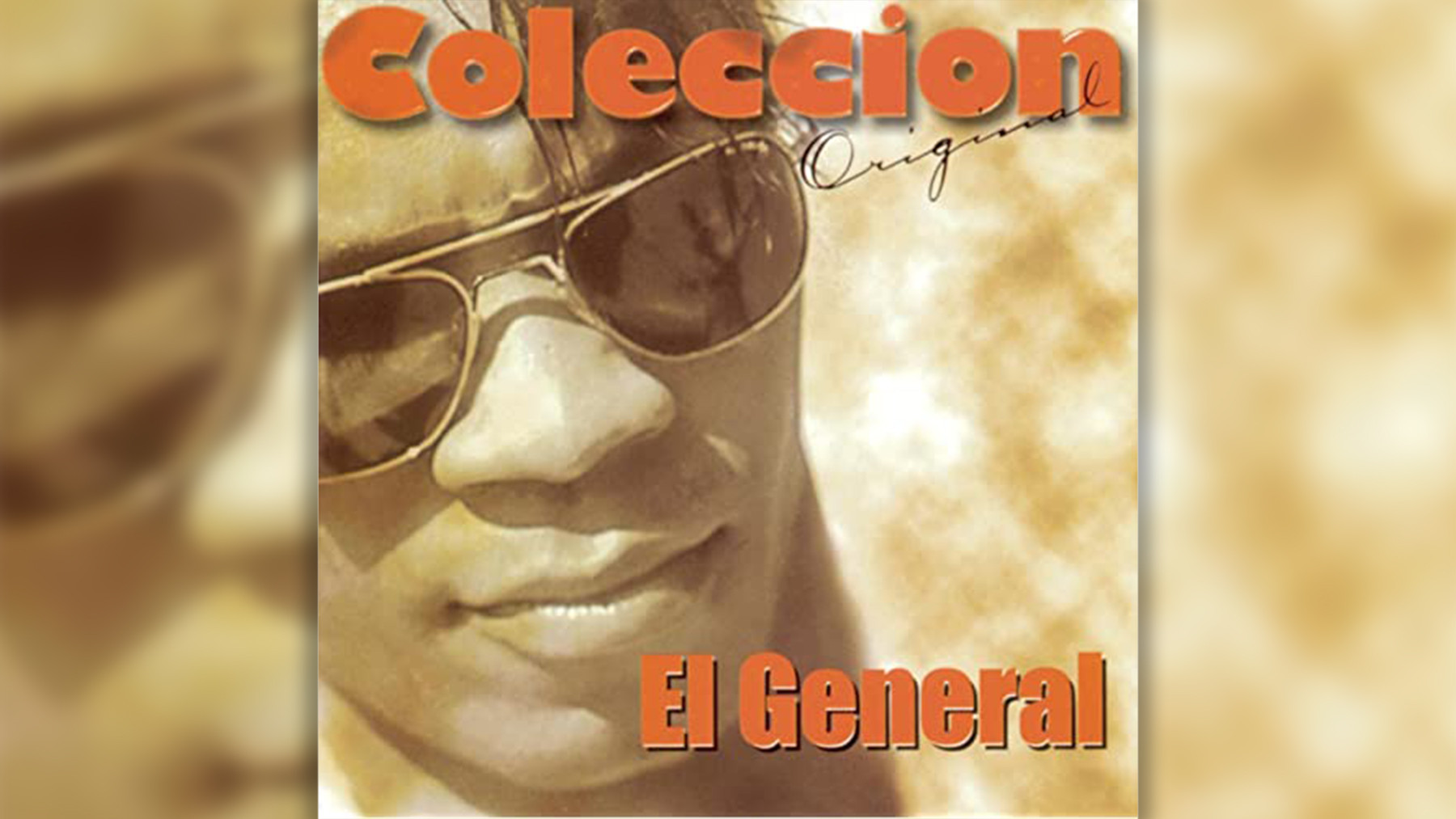 El General performing on stage in the 1990s.
El General performing on stage in the 1990s.
Panamanian pioneer El General is considered the architect of reggaeton, creating international hits using reggae rhythms in the 80s and 90s. His experimental approach and broader influence on club music are often overlooked. “Perezosa,” from his album Club 555, showcases his range. A powerful, empowering dance anthem, it features high-energy electronic sounds capturing the kinetic spirit of Latin American parties. El General’s “Perezosa” demonstrated his innovative fusion of reggae rhythms with electronic production, foreshadowing the global rise of reggaeton and its impact on dance music worldwide.
Jungle’s Playful Groove: Tom and Jerry’s ‘Maximum Style’ (1994)
 El General performing on stage in the 1990s.
El General performing on stage in the 1990s.
Image Credit: Naki/Redferns/Getty Images
4Hero, consisting of Marc Mac and Dego MacFarlane, are drum and bass stalwarts, evolving through various stages of the genre. Tom and Jerry was one of their aliases, credited with “Maximum Style,” released as jungle’s popularity surged in the UK. This smooth, gliding track features an enchanting guitar melody and cartoon sound effects, balancing playfulness with a serious groove. Tom and Jerry’s “Maximum Style” captured the playful yet rhythmically complex essence of jungle, contributing to its rise in popularity and its lasting influence on electronic music.
Dance-Punk Irony: LCD Soundsystem’s ‘Losing My Edge’ (2002)
 LCD Soundsystem performing at Bowery Ballroom NYC, 2002.
LCD Soundsystem performing at Bowery Ballroom NYC, 2002.
Image Credit: Redferns
LCD Soundsystem’s debut single, “Losing My Edge,” is both a killer dance track and a brilliant comedic monologue. James Murphy plays an aging hipster grappling with fading relevance as a younger generation emerges. His wry, ironic observations, like being “there, at the first Can show in Cologne” or being the first “to play Daft Punk to the rock kids,” are both humorous and relatable. “Losing My Edge” made listeners laugh and dance, capturing the anxieties of cultural obsolescence with sharp wit and infectious rhythm, becoming a defining track of the New York dance-punk scene.
Latin Pop’s Global Sound: Shakira’s ‘Ojos Asi (Thunder Mix)’ (1999)
Image Credit: ASSOCIATED PRESS
Pablo Flores, considered a key figure in Latin pop, collaborated with Emilio Estefan and major Latin artists. Teaming up with Javier Garza, he helped shape Shakira’s “Ojos Asi,” a song that honored her Lebanese heritage and foreshadowed the global sound of Latin music. His extended “Thunder Mix” amplified these elements, creating a track that resonated on dance floors worldwide. Shakira’s “Ojos Asi (Thunder Mix)” became a landmark in Latin pop’s global expansion, blending Middle Eastern musical influences with contemporary dance rhythms and showcasing Shakira’s unique artistic vision.
Drum & Bass Complexity: Squarepusher’s ‘My Red Hot Car’ (2001)
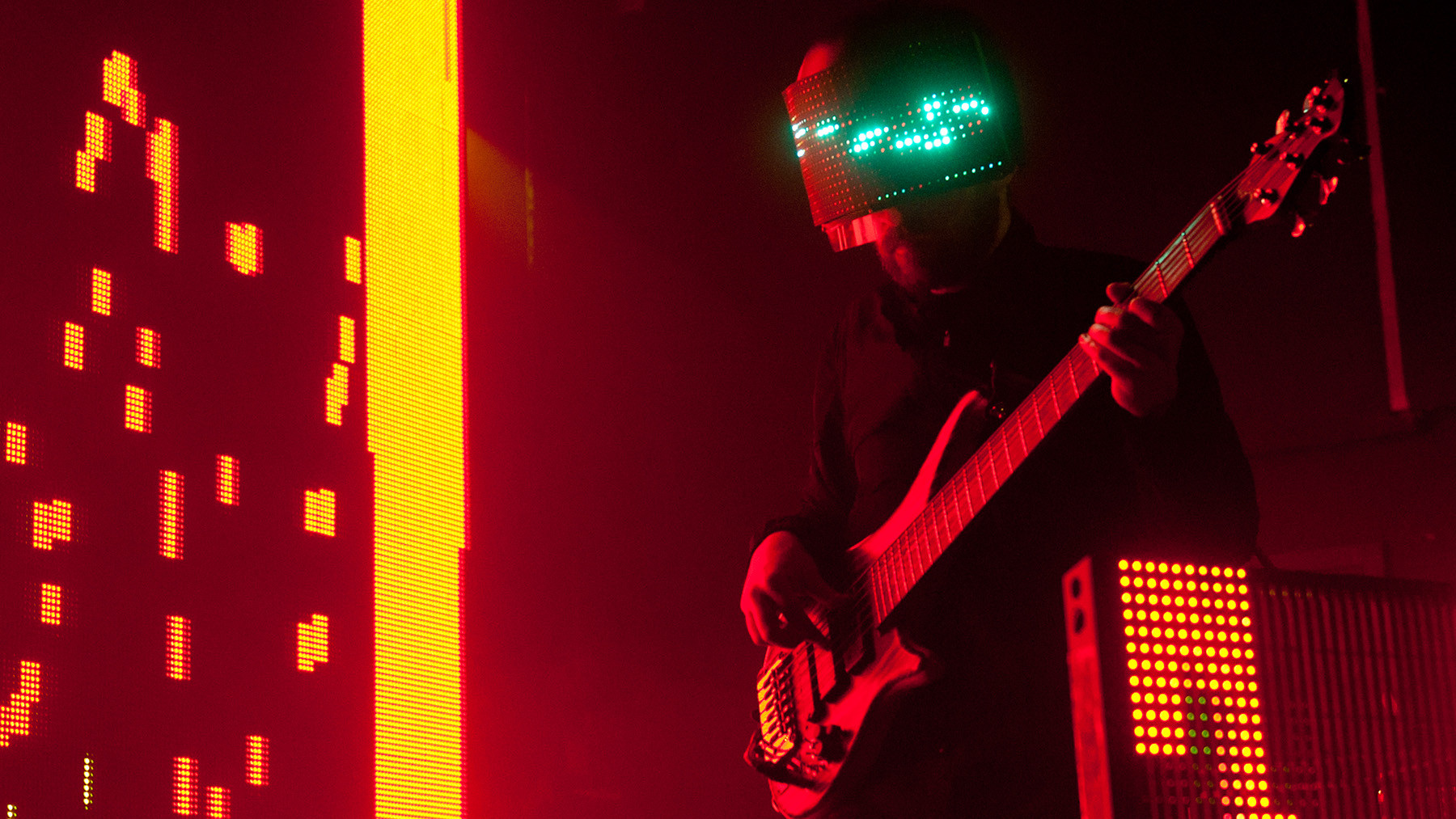 Squarepusher performing at Rescue Rooms, Nottingham, 2013.
Squarepusher performing at Rescue Rooms, Nottingham, 2013.
Image Credit: Redferns via Getty Images
Tom Jenkinson, as Squarepusher, pushed drum and bass into complex, often undanceable territory in the mid-90s. Later, seeking a more spontaneous approach, he created “My Red Hot Car.” While still featuring cut-up vocals and glitchy production, “My Red Hot Car” balances abstraction with a surprisingly crowd-moving groove and Jenkinson’s signature basslines. “My Red Hot Car” demonstrated Squarepusher’s ability to blend experimental sound design with danceable rhythms, appealing to adventurous DJs and pushing the boundaries of drum and bass.
Remix to Stardom: Moloko’s ‘Sing It Back (Boris Musical Mix)’ (1997)
 Squarepusher performing at Rescue Rooms, Nottingham, 2013.
Squarepusher performing at Rescue Rooms, Nottingham, 2013.
Moloko’s 1998 single “Sing It Back,” with Róisín Murphy’s distinctive vocals, was initially a moody, downtempo track that didn’t achieve commercial success. However, Boris Dlugosch’s remix transformed the song into a crisp house track, built on a Chic-inspired groove. This remix, with its infectious rhythm guitar and playful bassline, reached the UK Top Five and launched Róisín Murphy’s successful solo career. Moloko’s “Sing It Back (Boris Musical Mix)” highlights the transformative power of remixing, turning an overlooked track into a dance floor hit and launching an artist’s career.
Synth-Pop Crossover Moment: The Human League’s ‘Don’t You Want Me’ (1981)
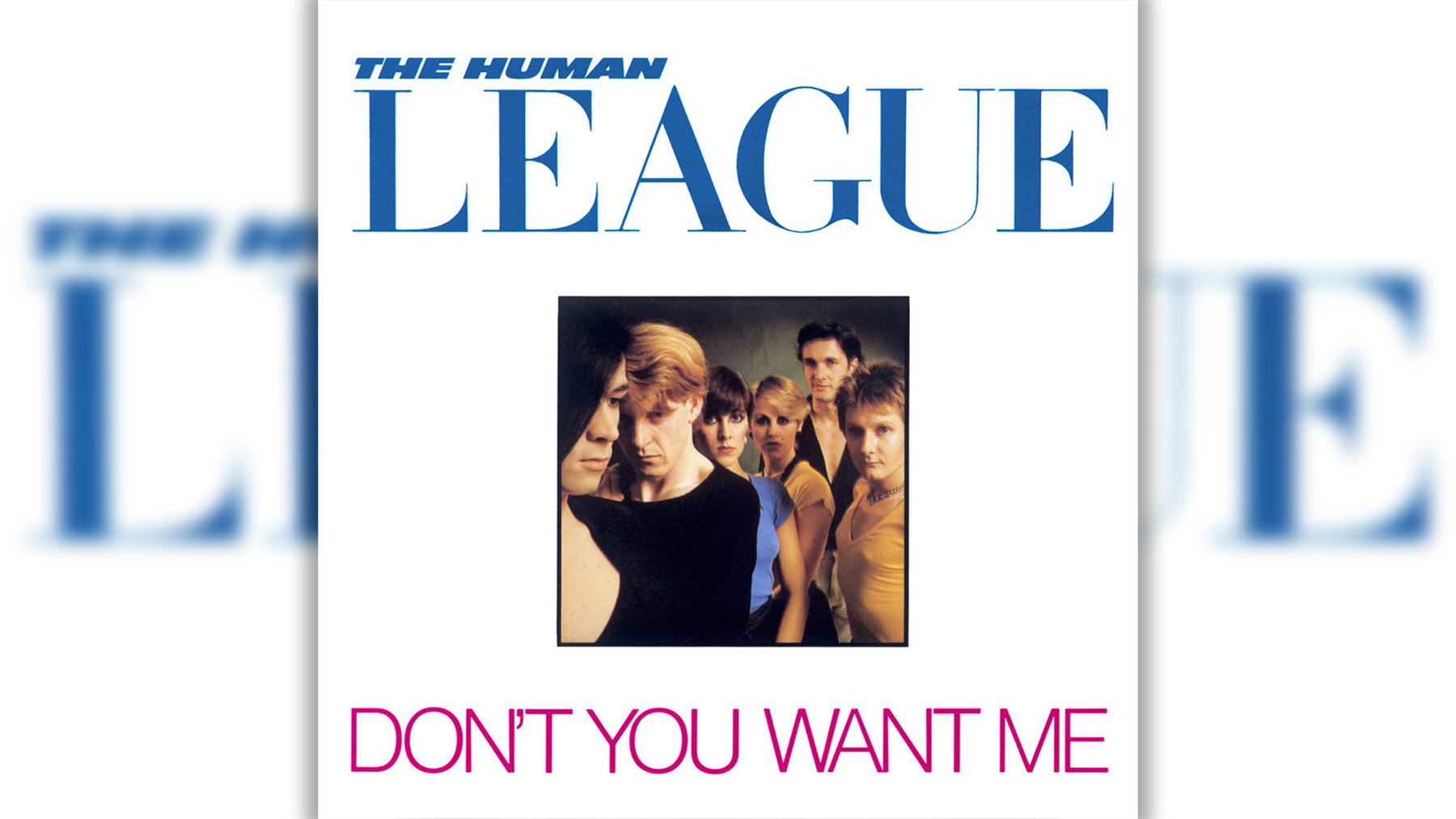 The Human League performing live in concert in the early 1980s.
The Human League performing live in concert in the early 1980s.
Human League keyboardist Jo Callis described the lyrical concept of “Don’t You Want Me” as inspired by A Star Is Born and My Fair Lady, a story of an impresario transforming someone into a superstar. Despite initial reservations within the band, the song’s he-said-she-said structure and catchy riff proved irresistible. “Don’t You Want Me” became The Human League’s first Number One hit in both the UK and US, and a Top Three hit on the Billboard Dance Club chart. It marked a crucial moment in the convergence of UK synth-pop, club music, and mainstream Top 40, solidifying synth-pop’s place in popular music and dance culture.
Conclusion
From the soulful depths of disco to the cutting-edge sounds of modern electronic music, the best club dancing songs are more than just background music for a night out. They are cultural artifacts, sonic time capsules that reflect evolving trends, technological innovations, and the enduring human desire for rhythm and connection. This journey through iconic tracks reveals not just a history of dance music genres, but a narrative of cultural exchange, artistic innovation, and the timeless power of music to move us, both physically and emotionally. These songs, in their diverse styles and origins, collectively define what it means to experience the transformative energy of the dance floor, and continue to inspire new generations of dancers and music lovers alike.


